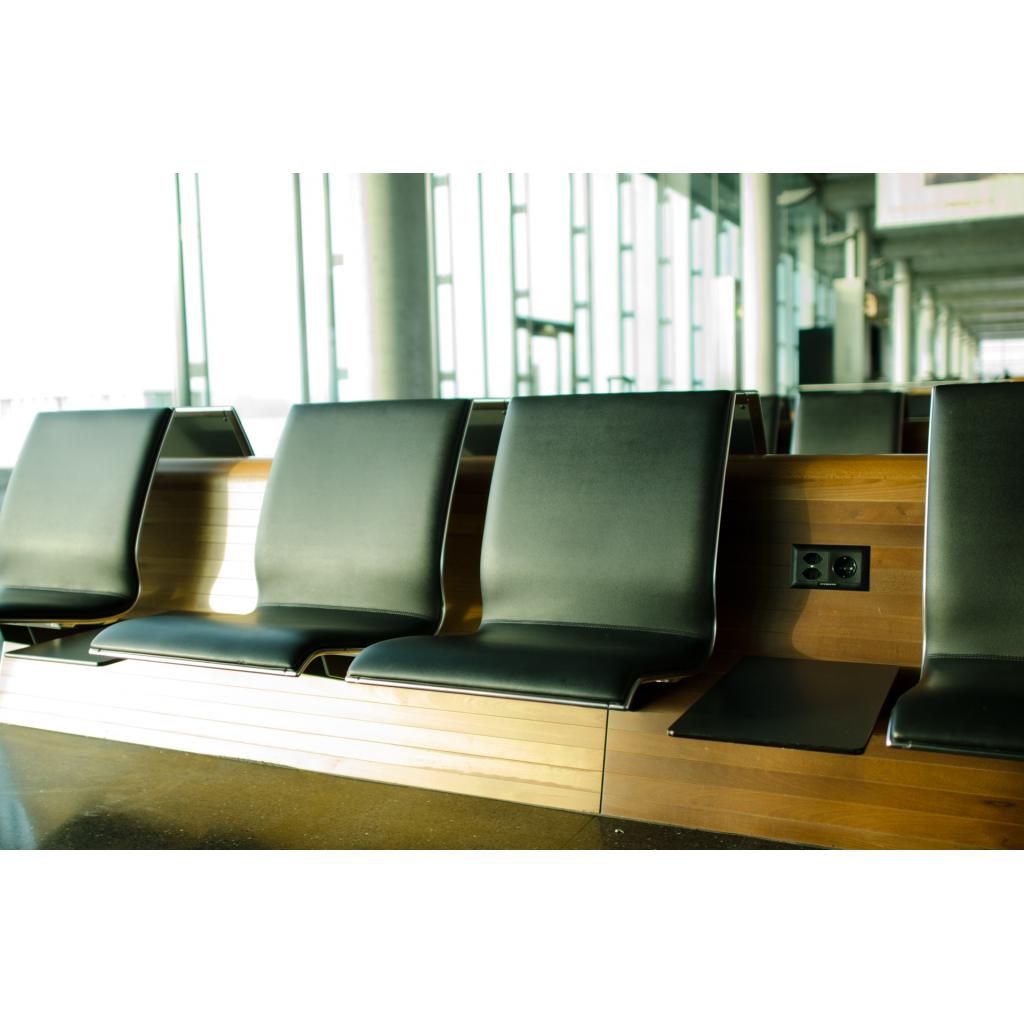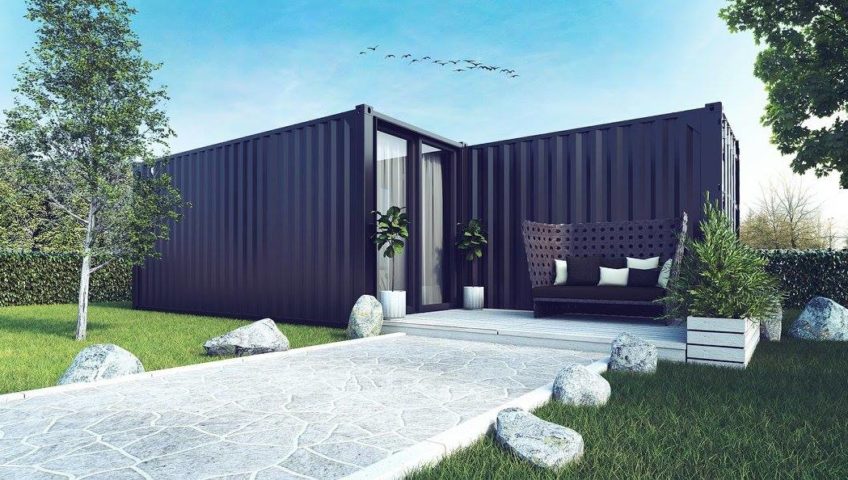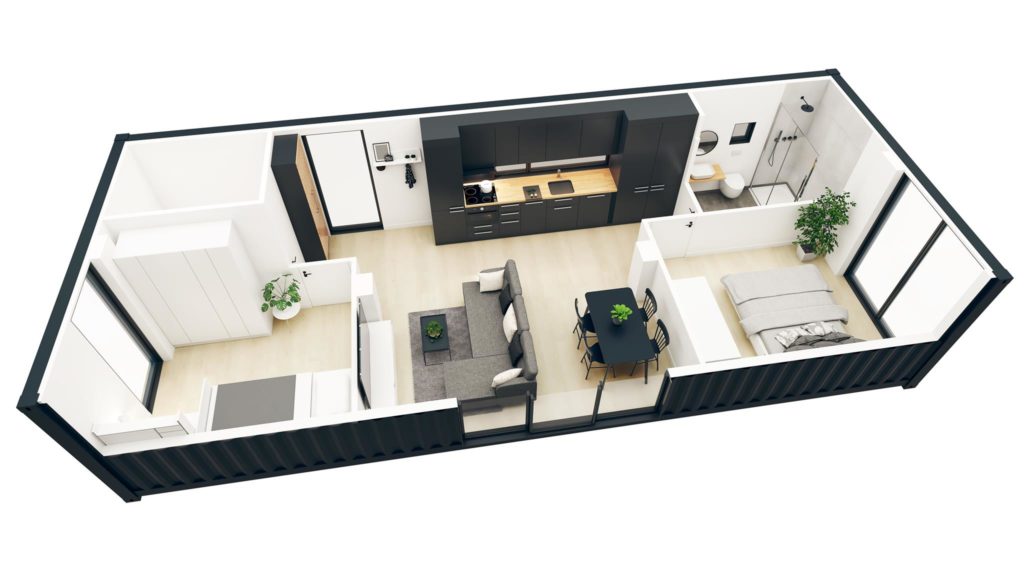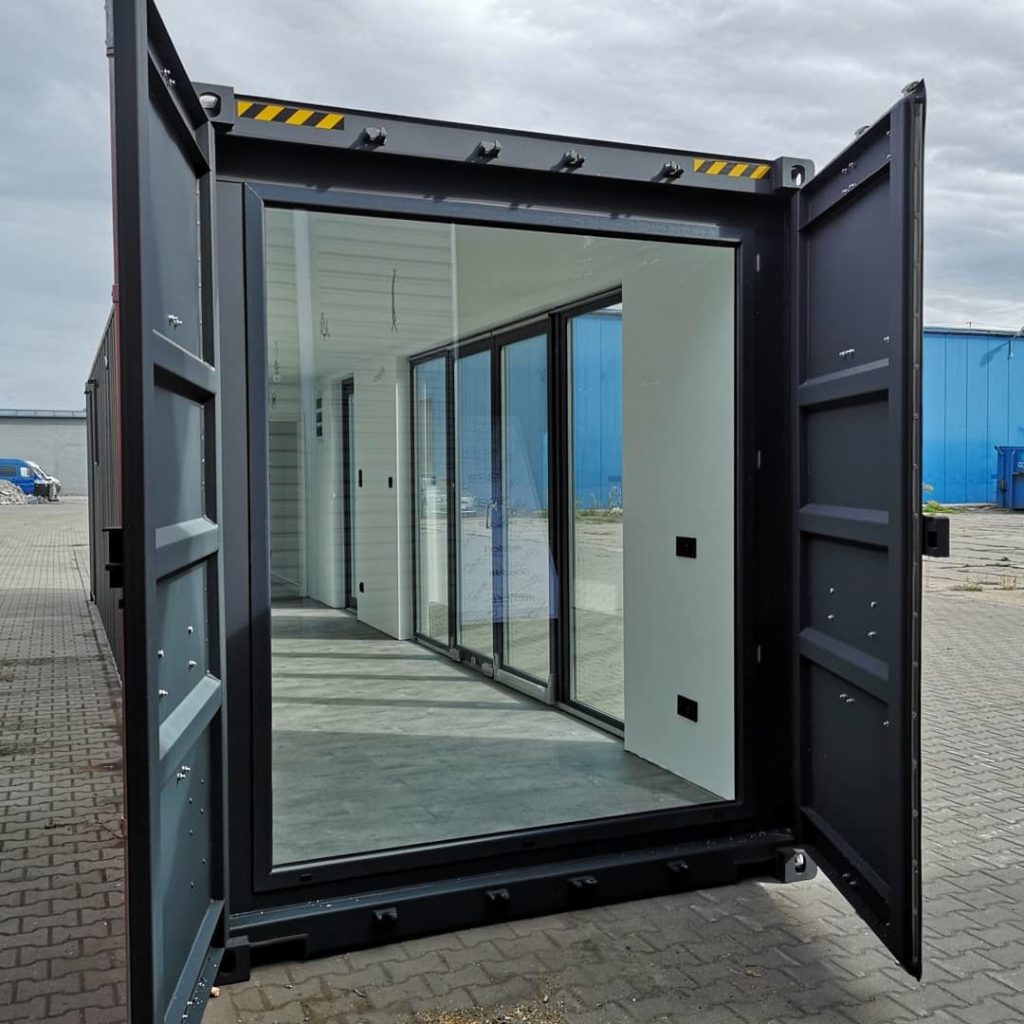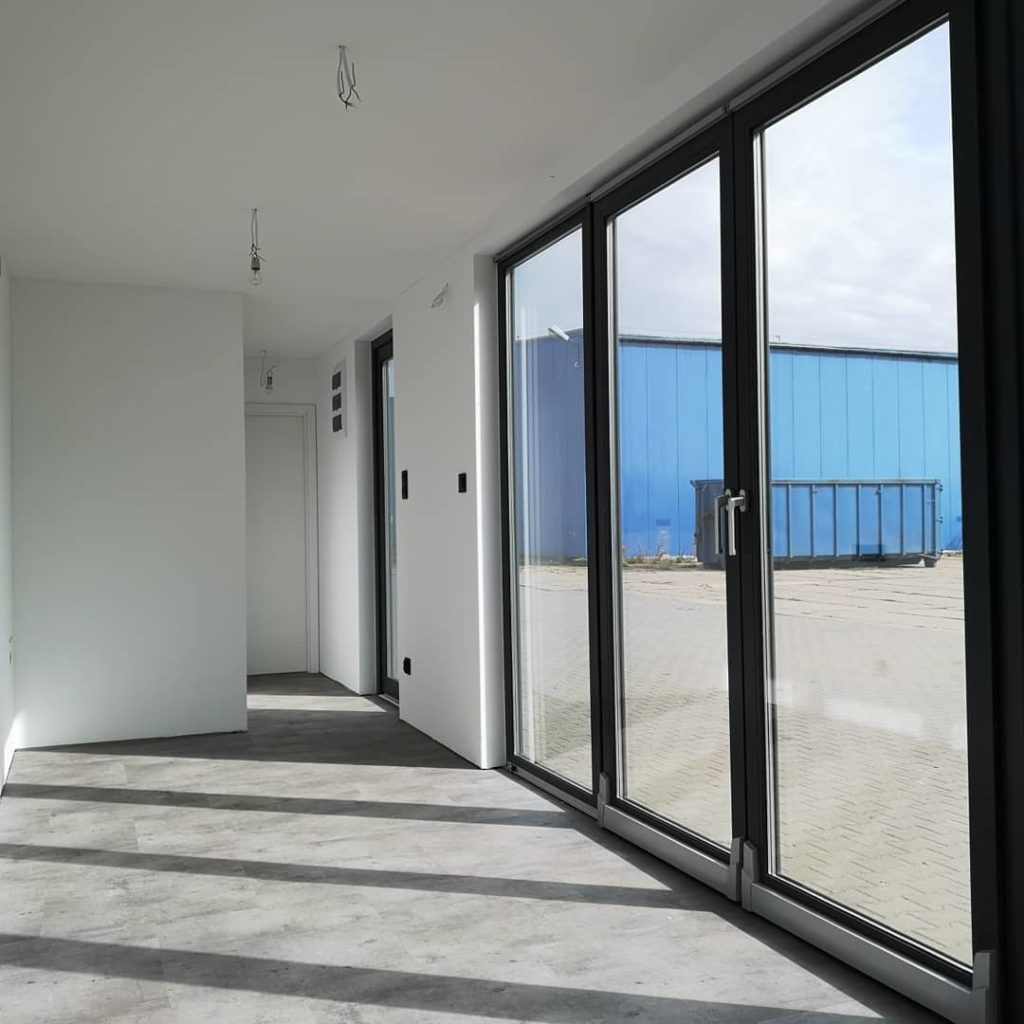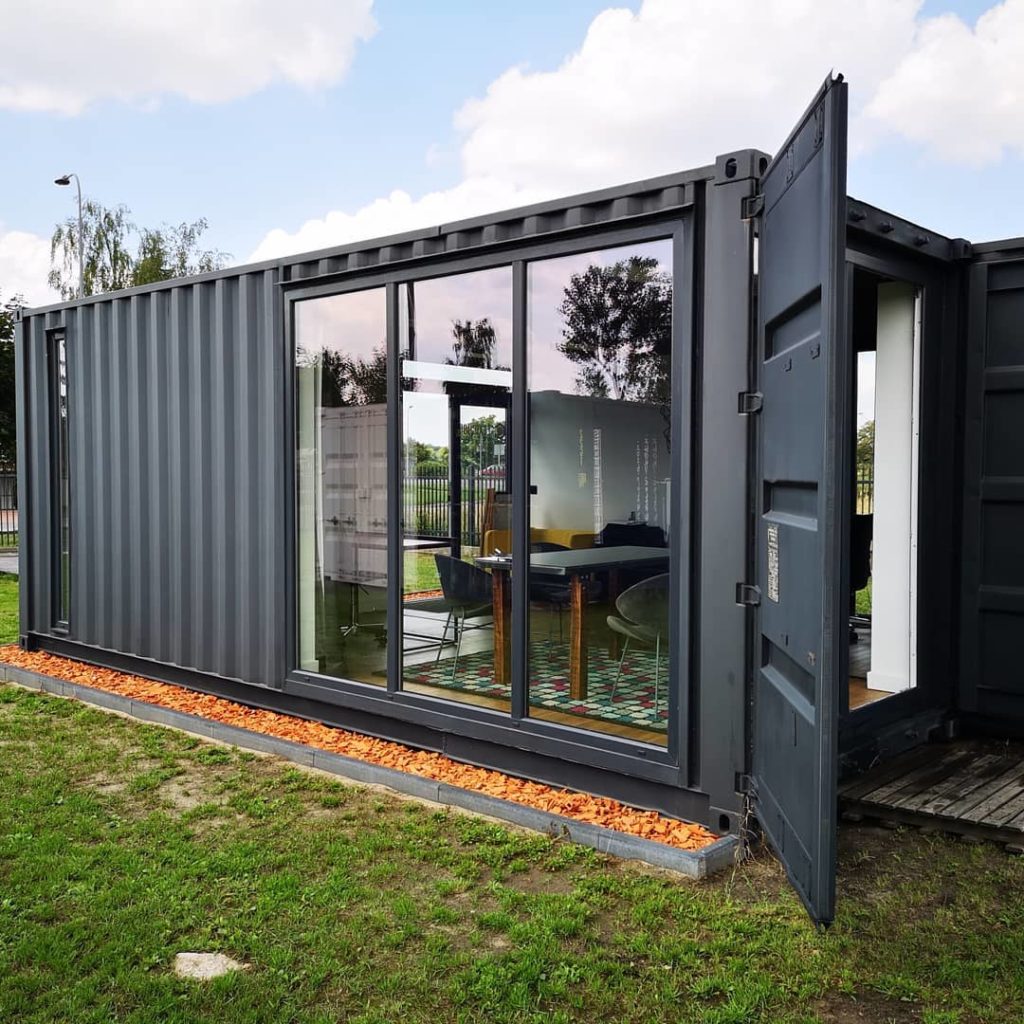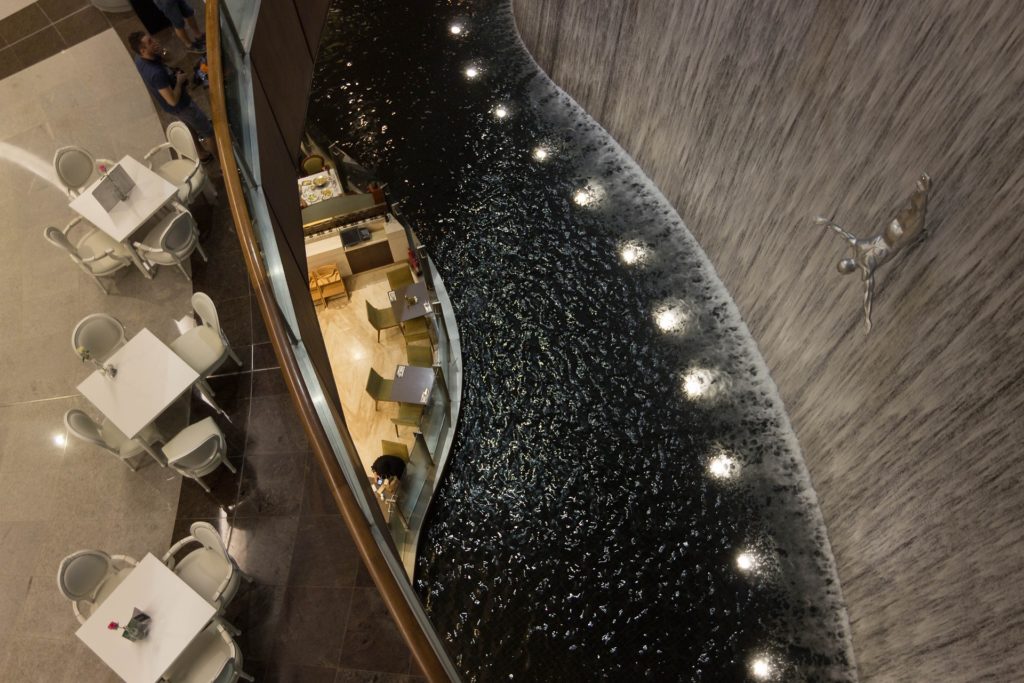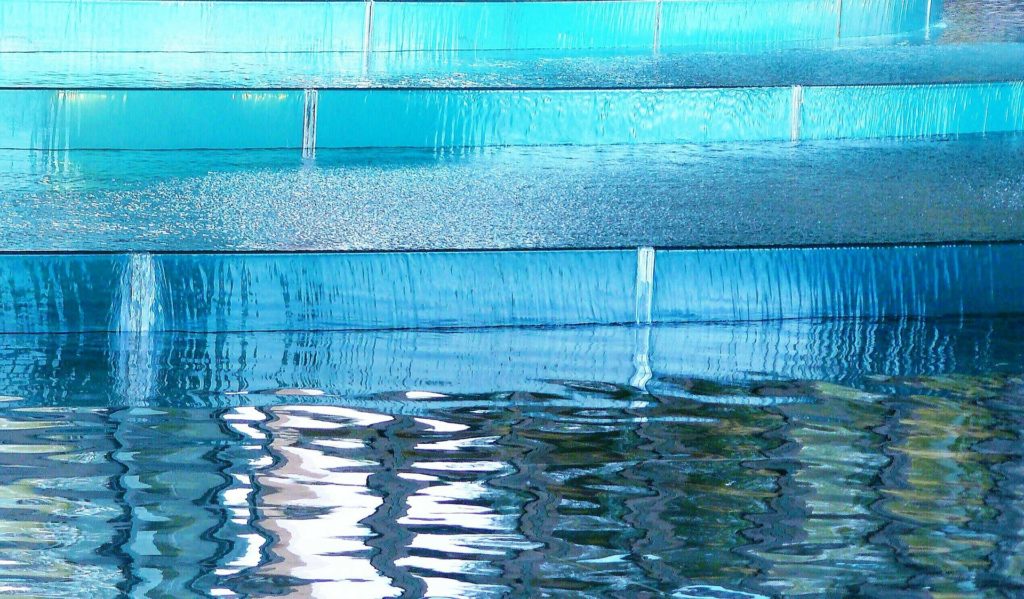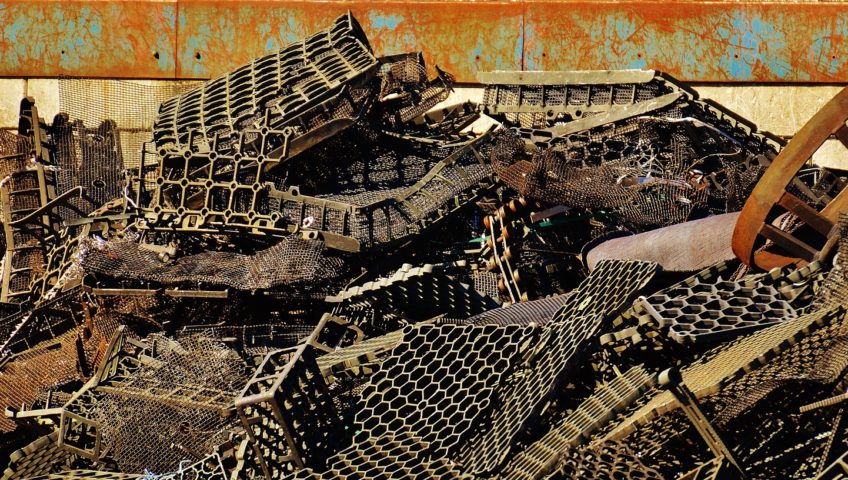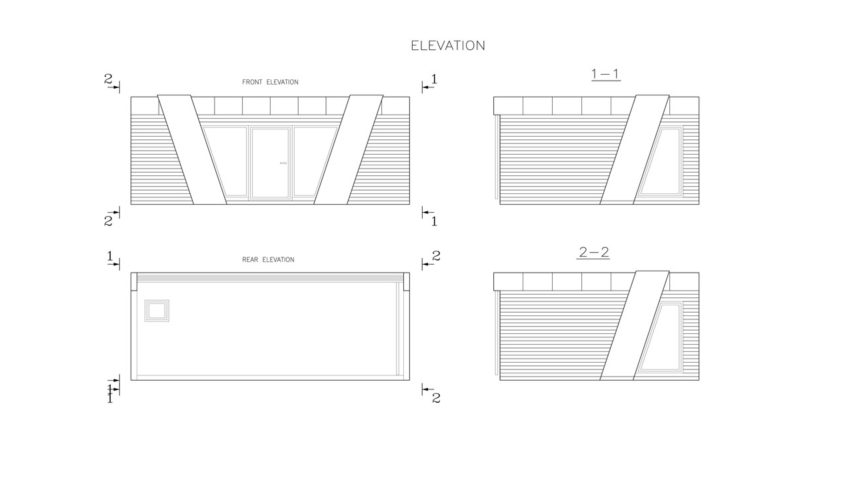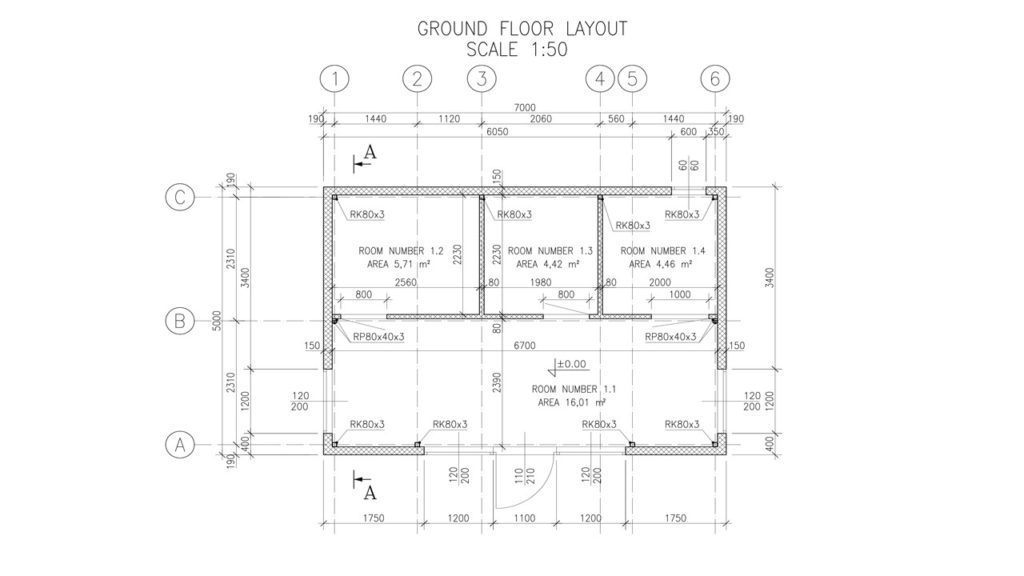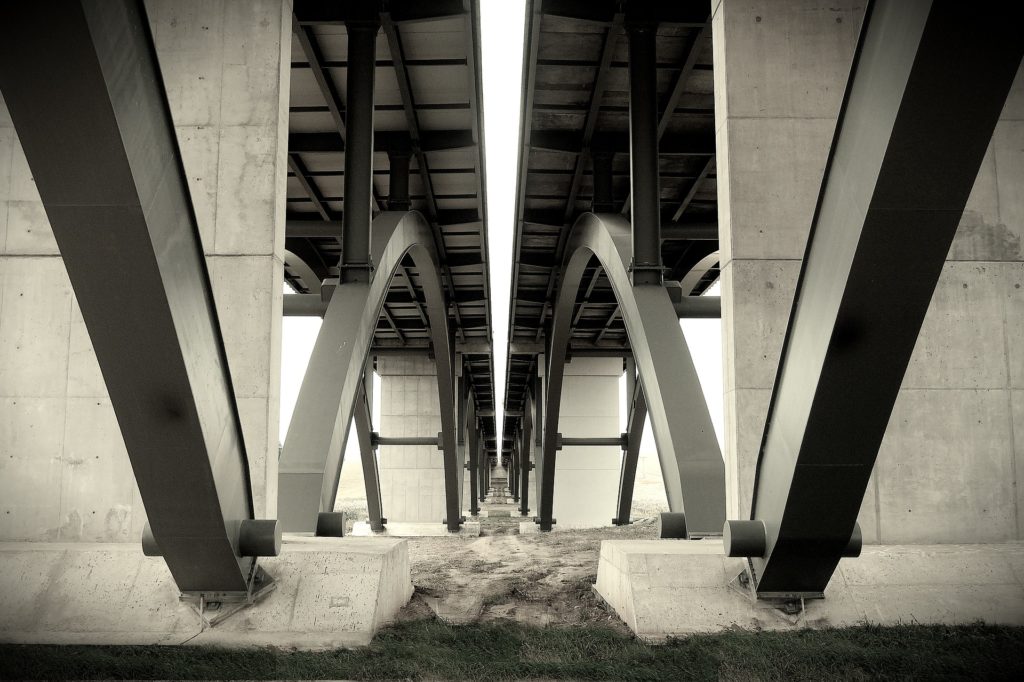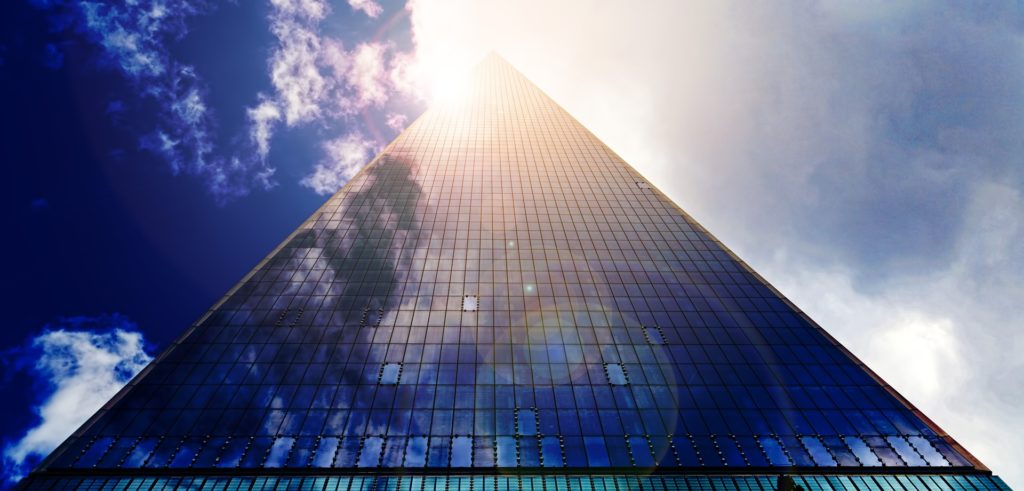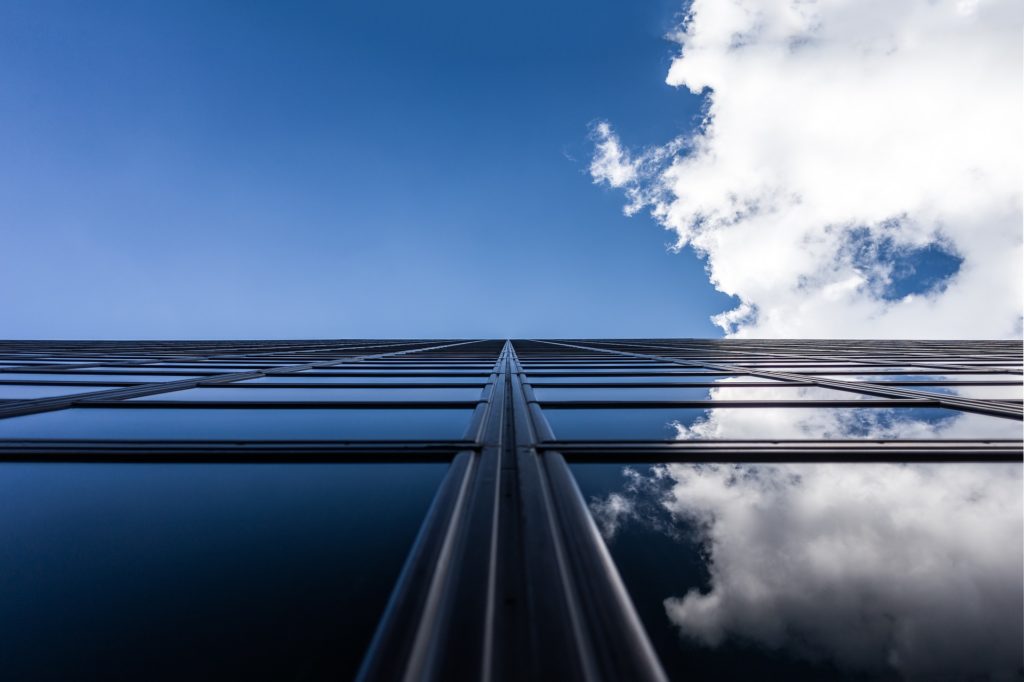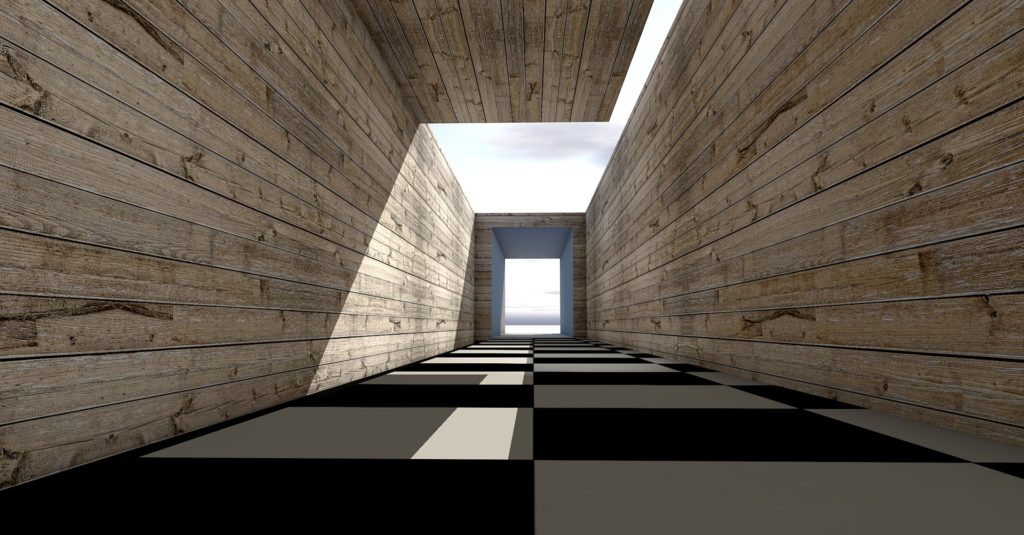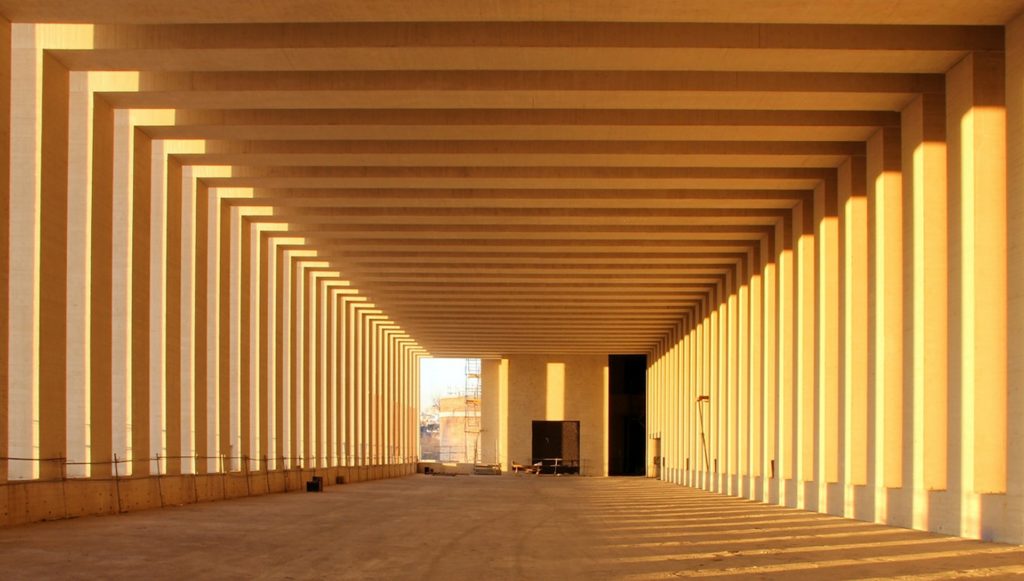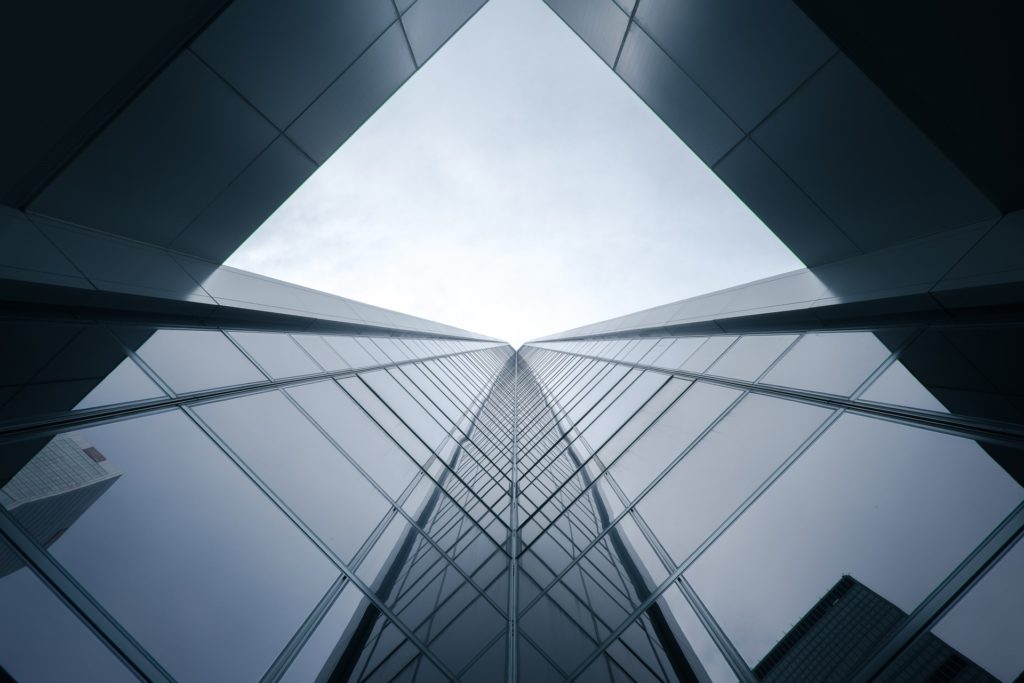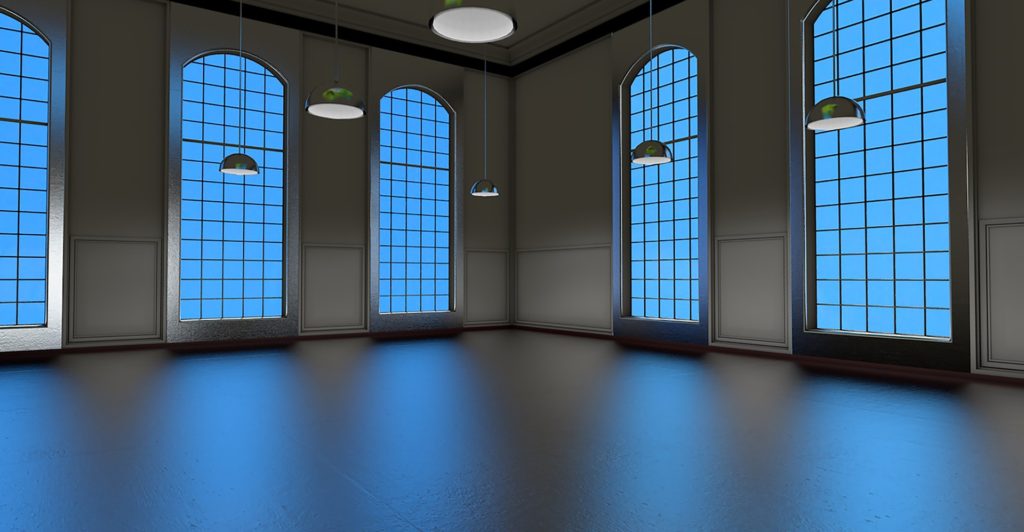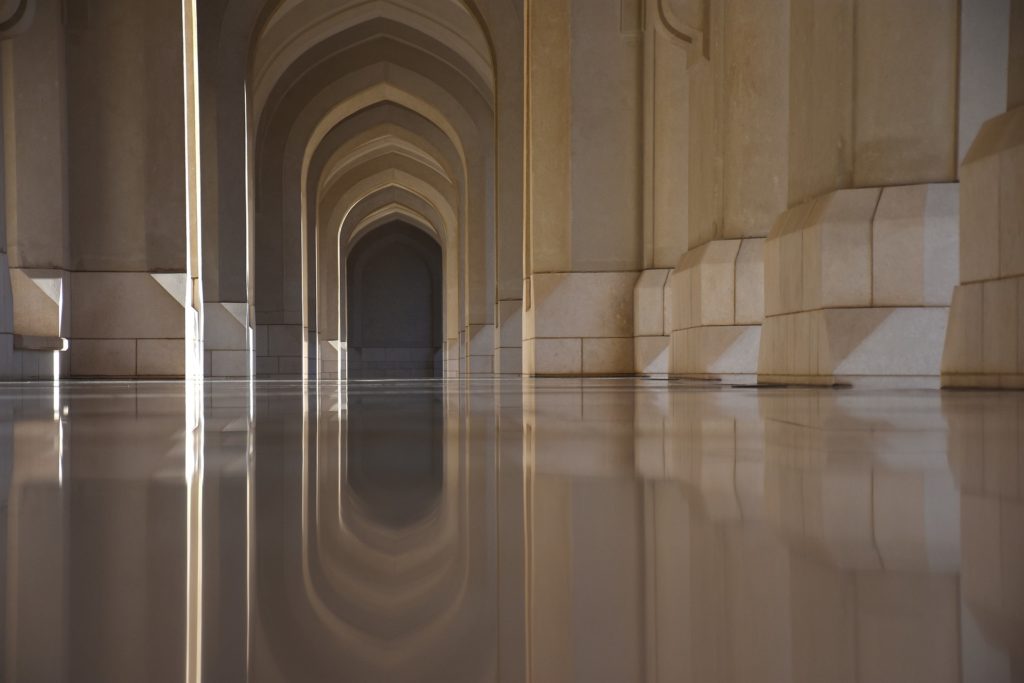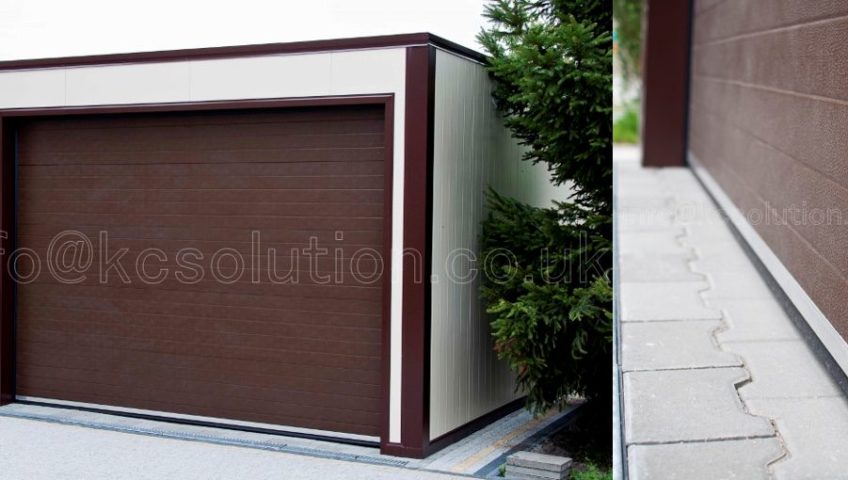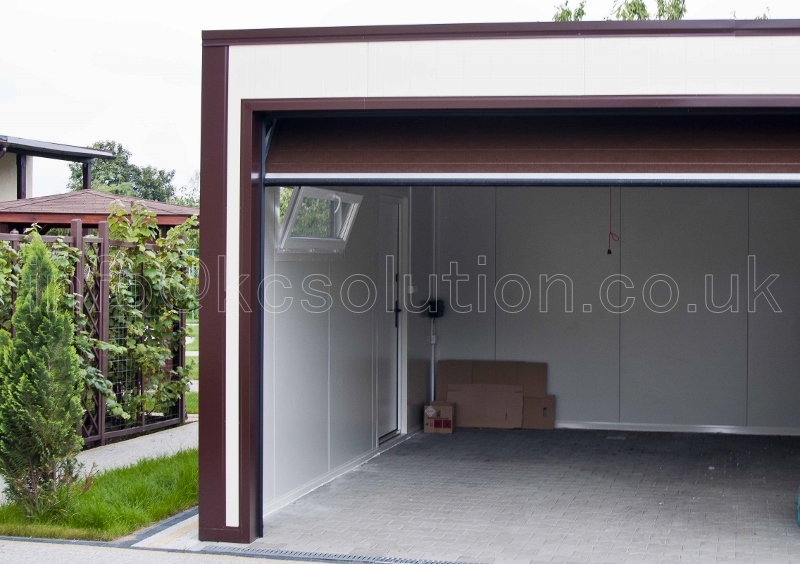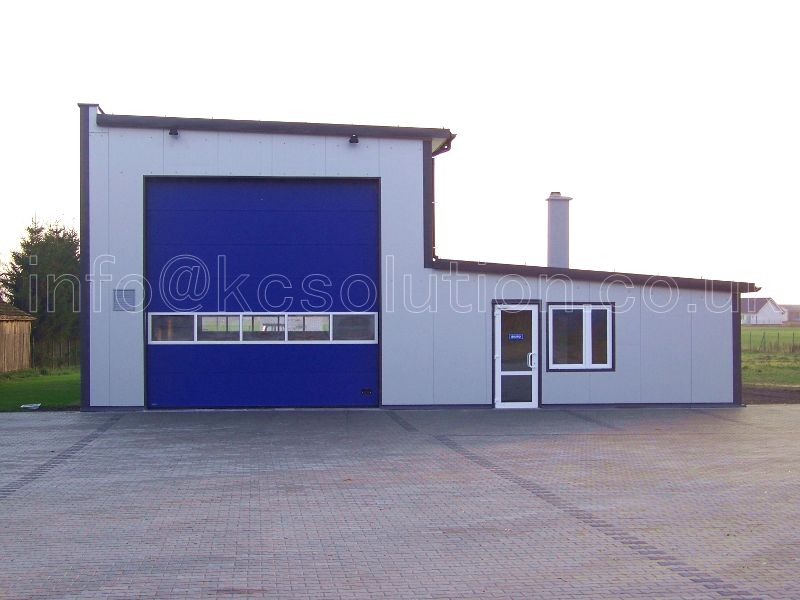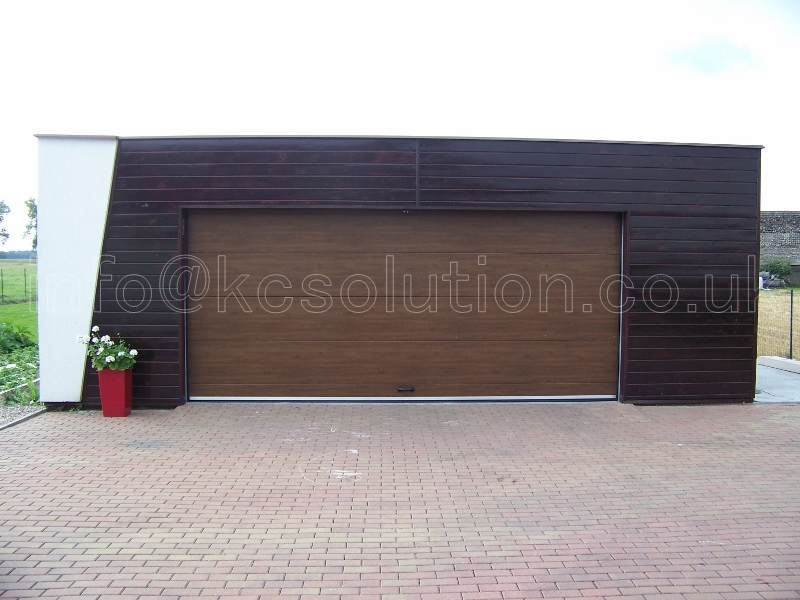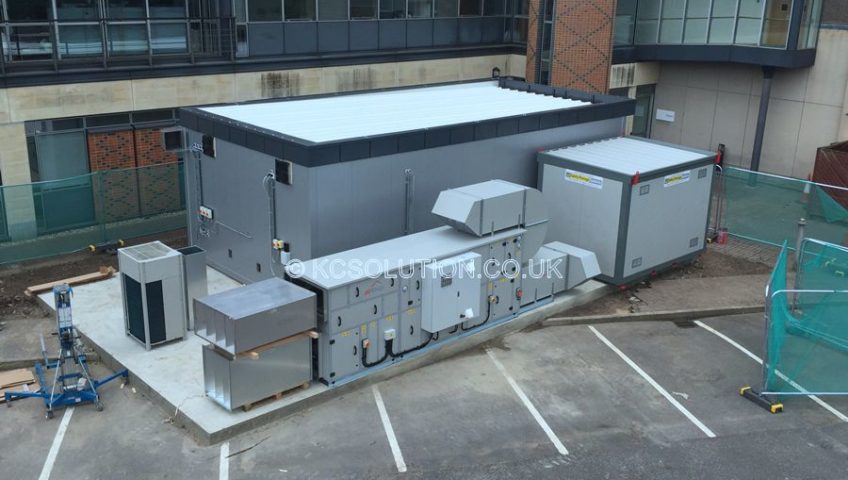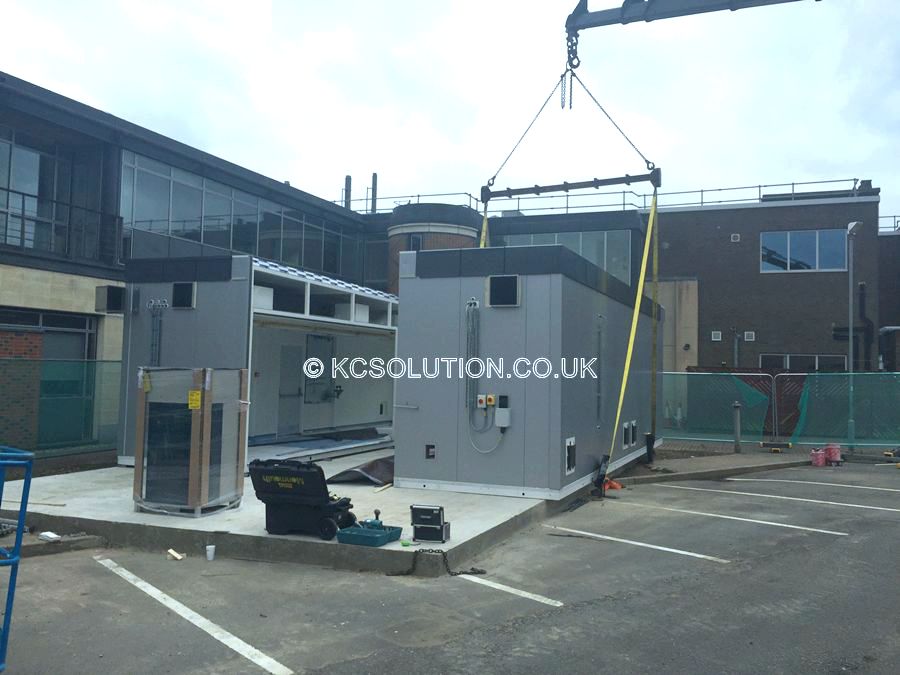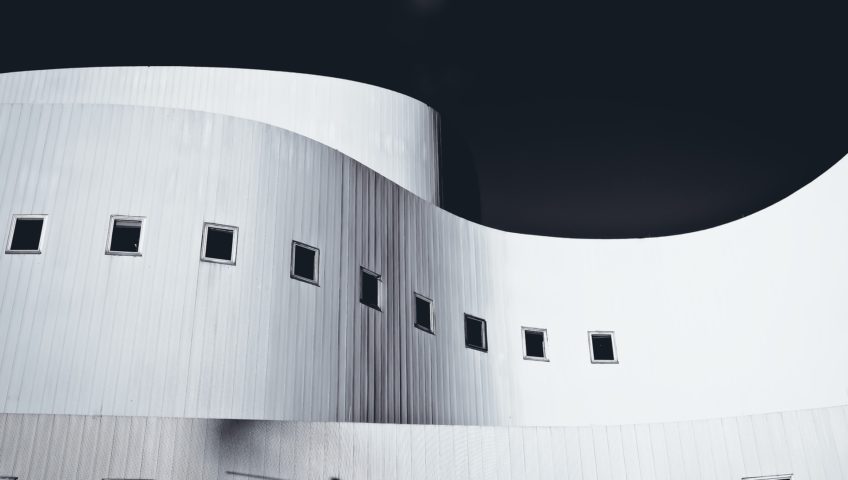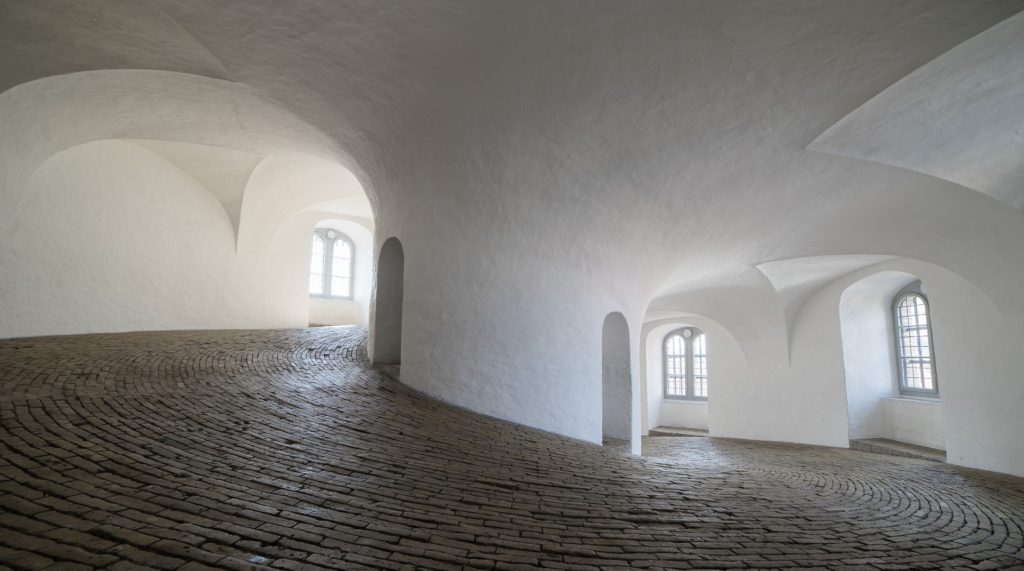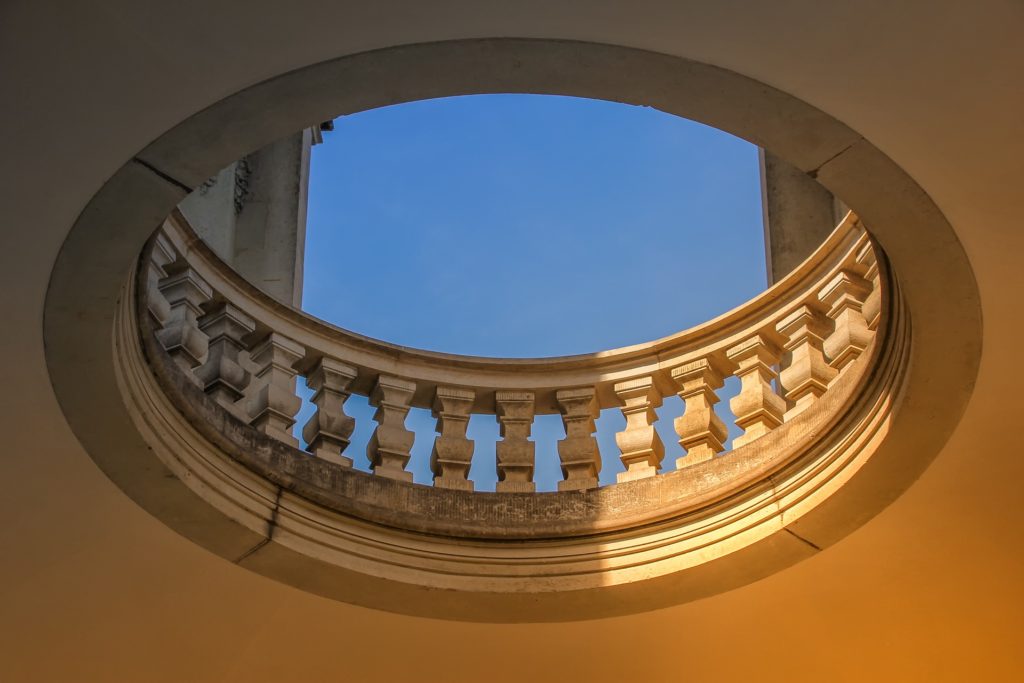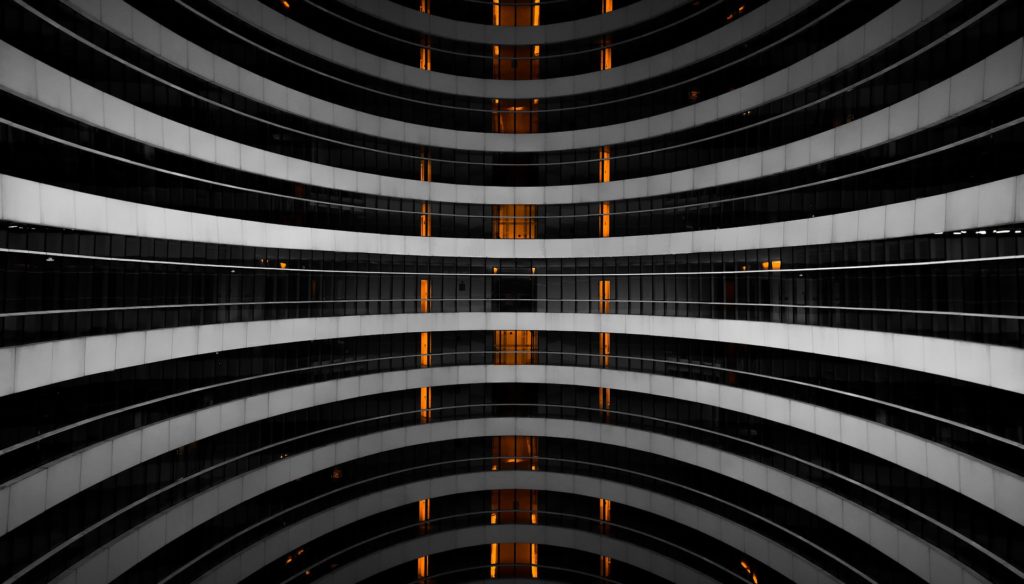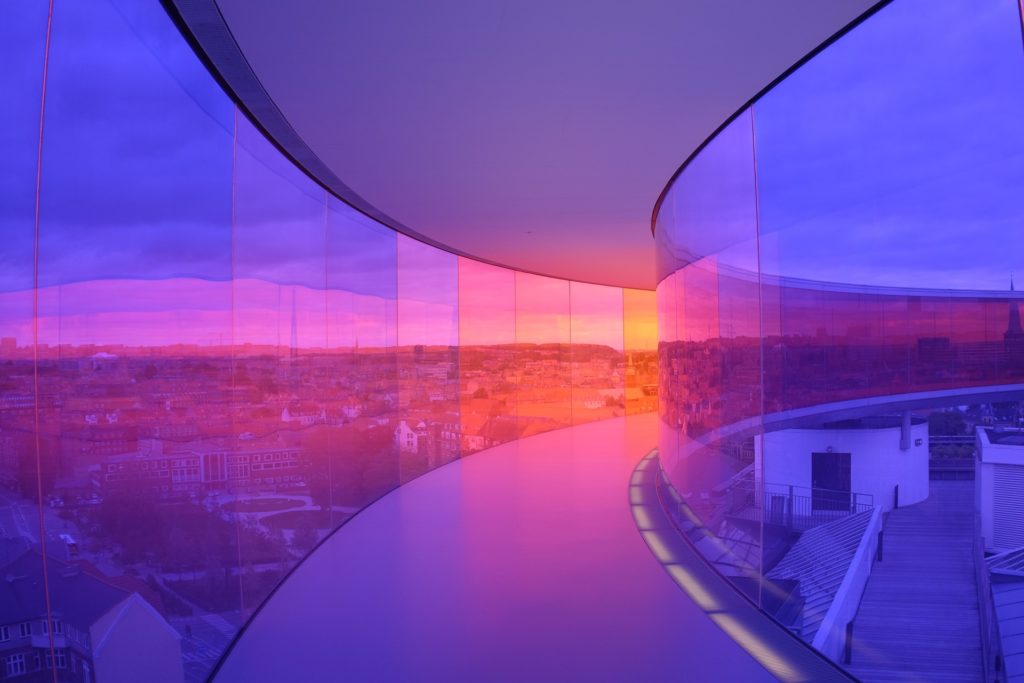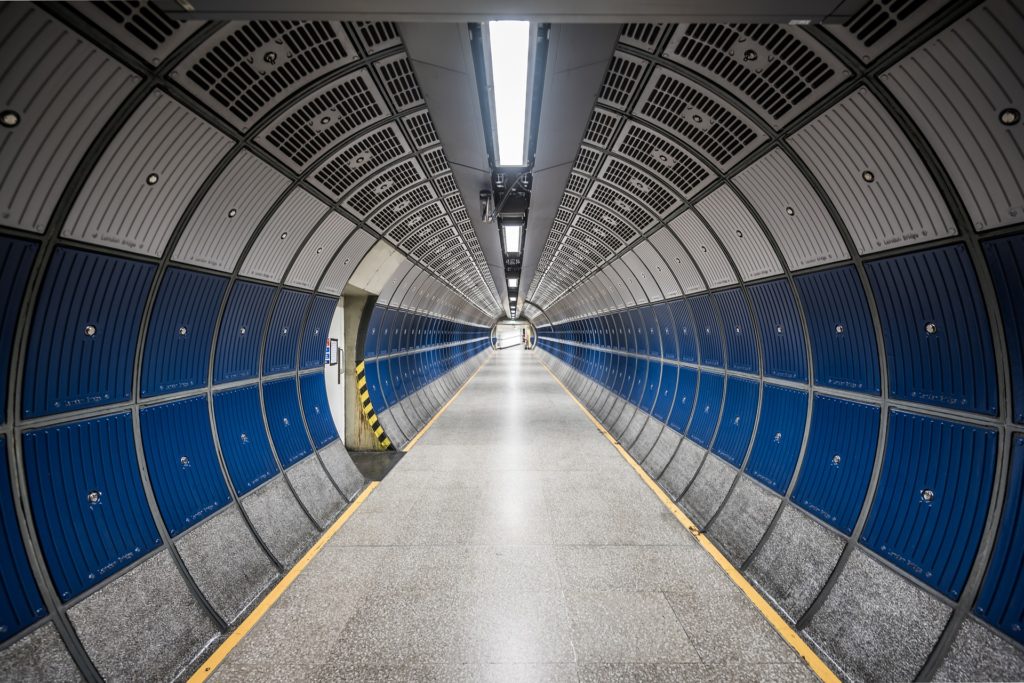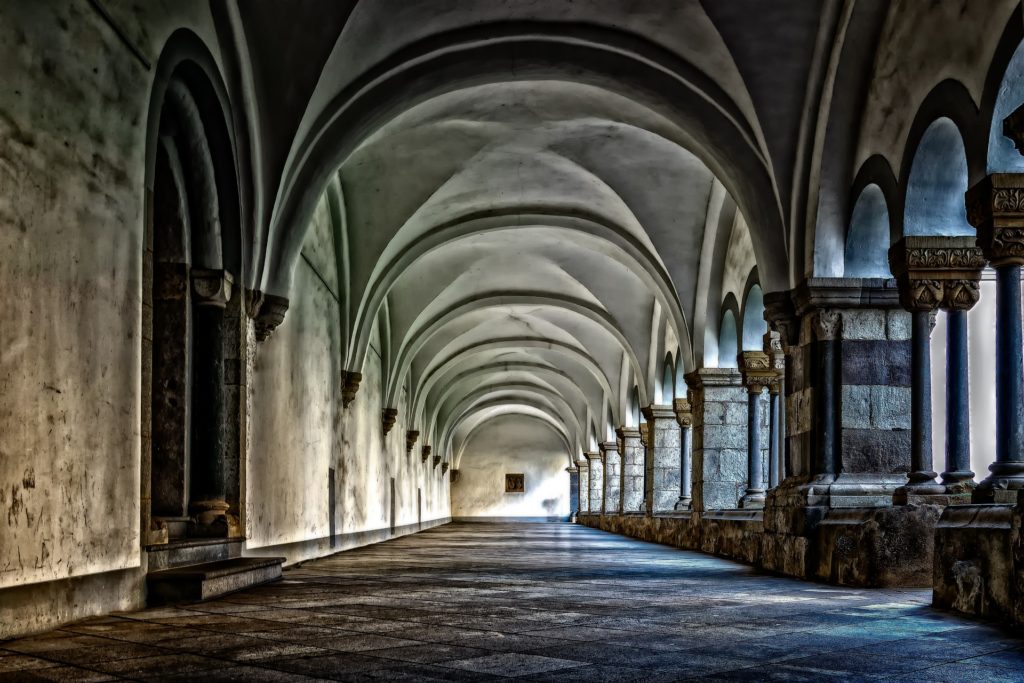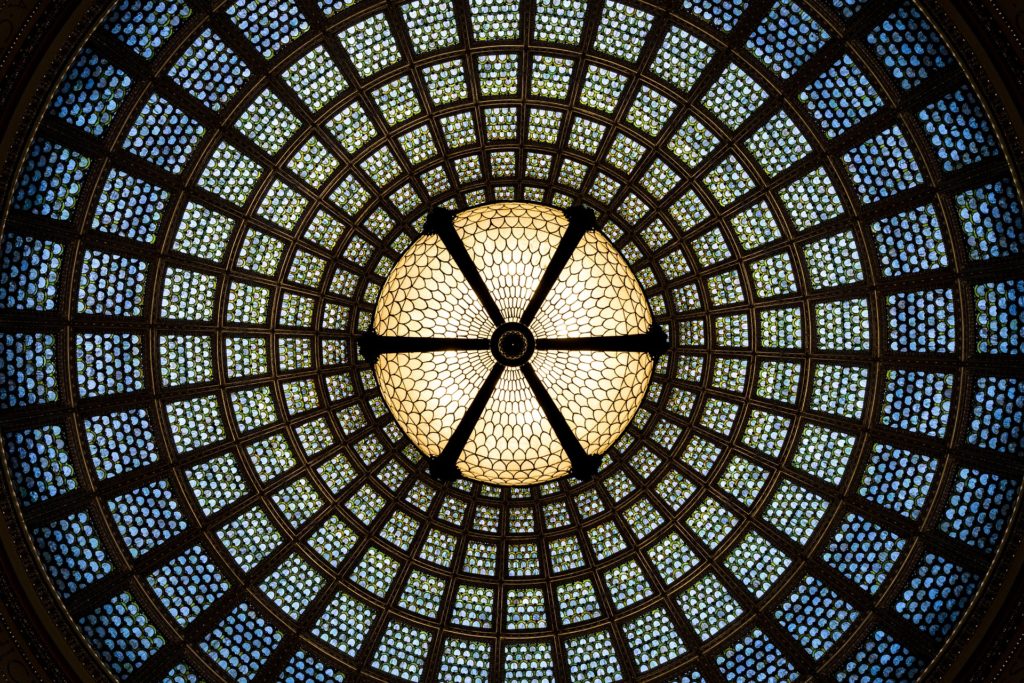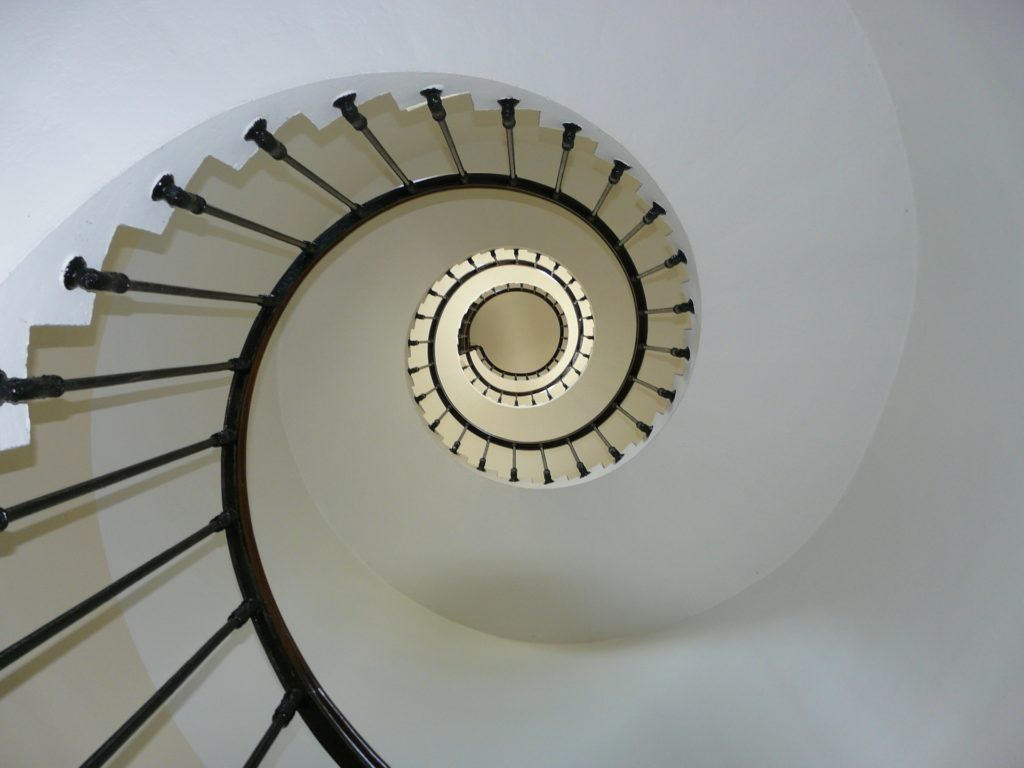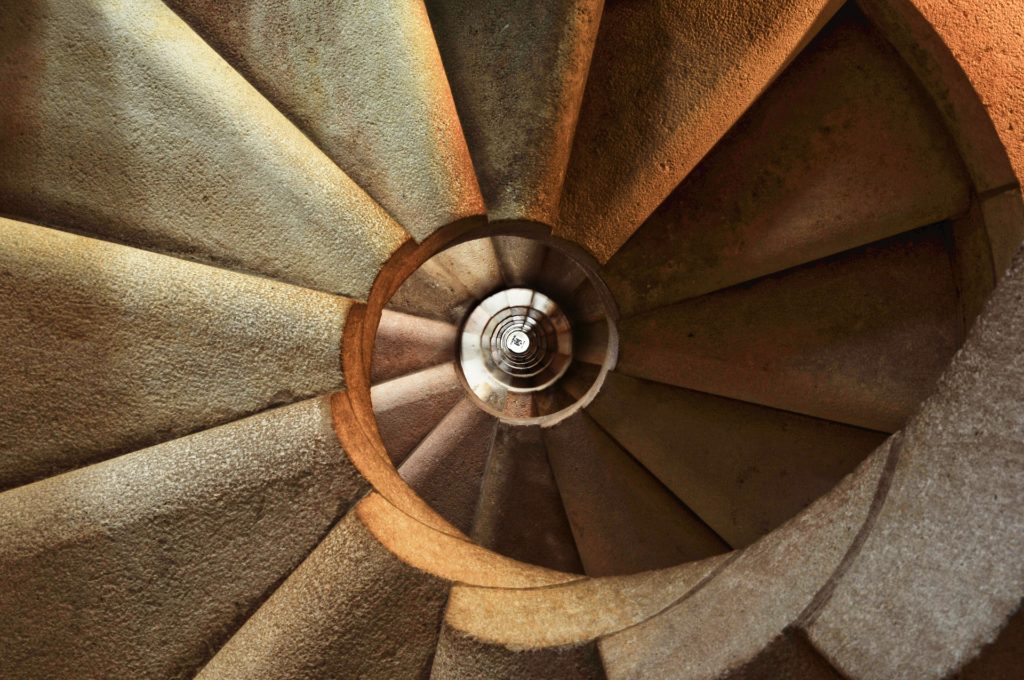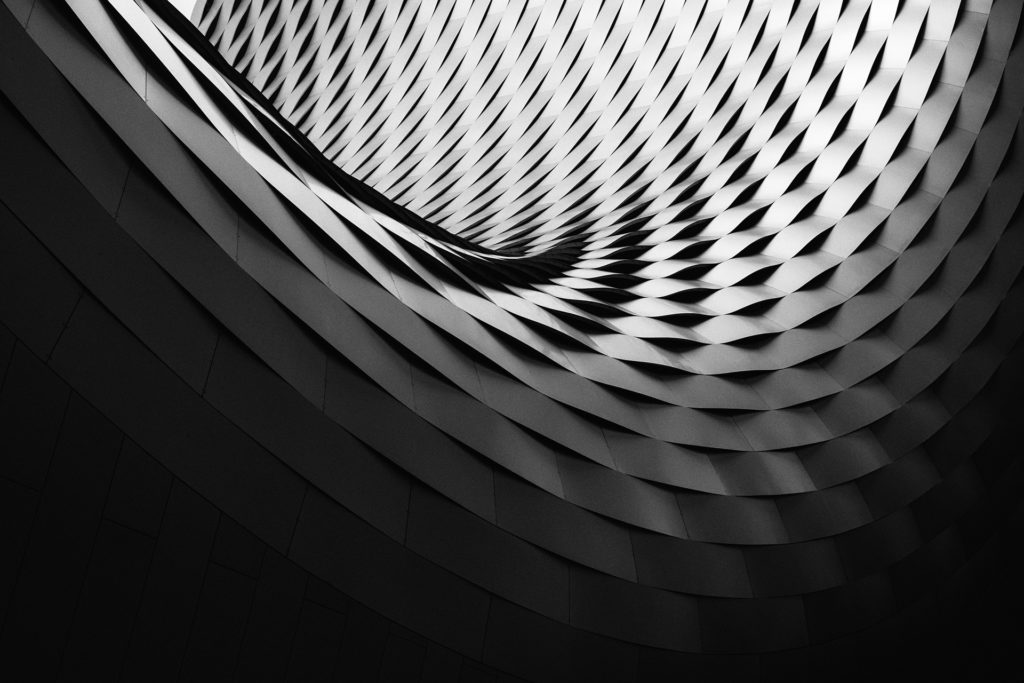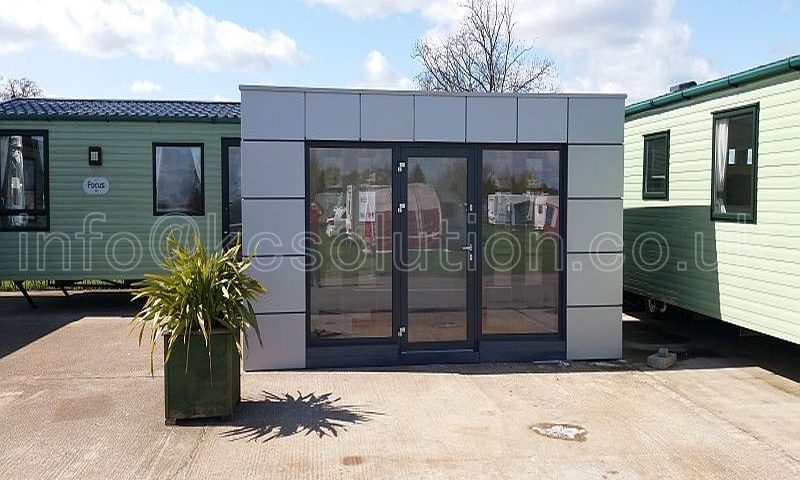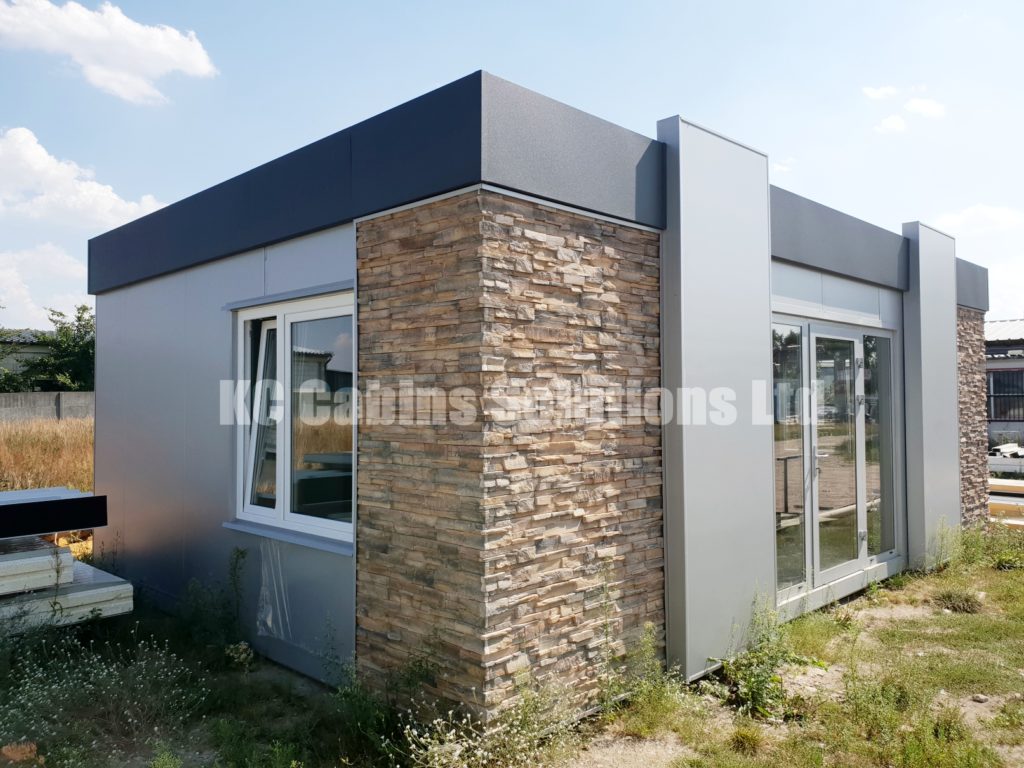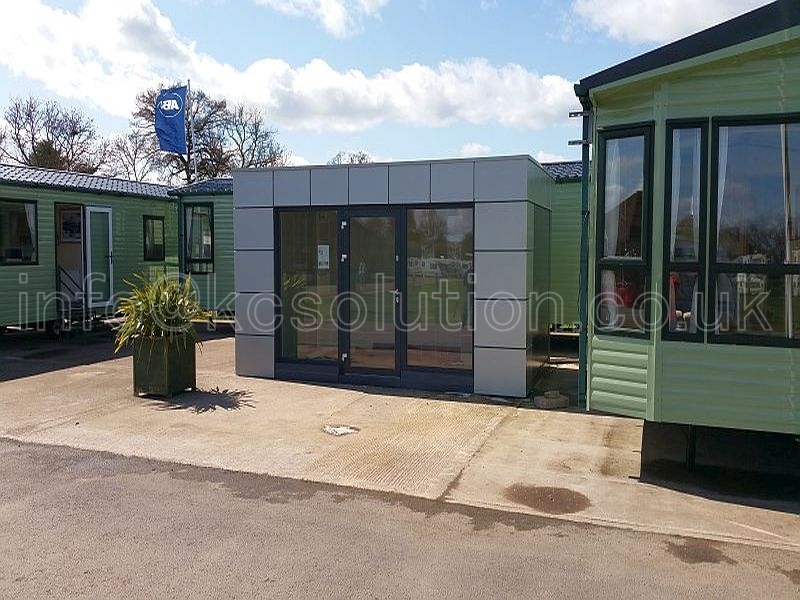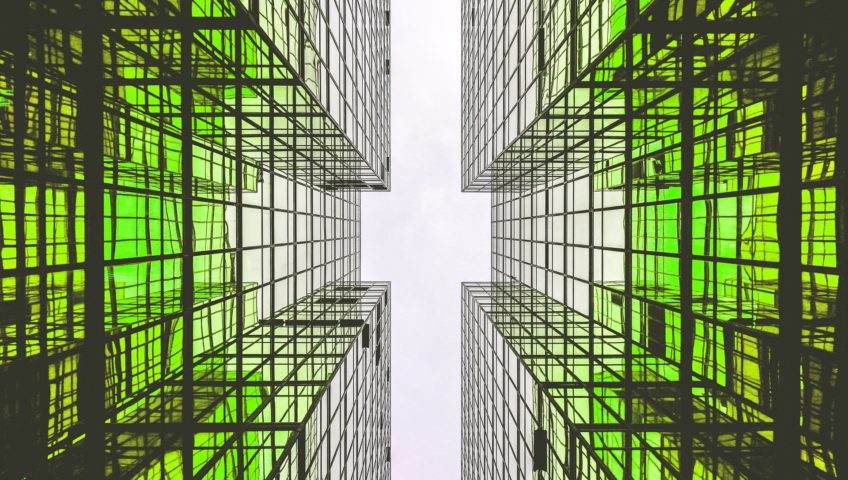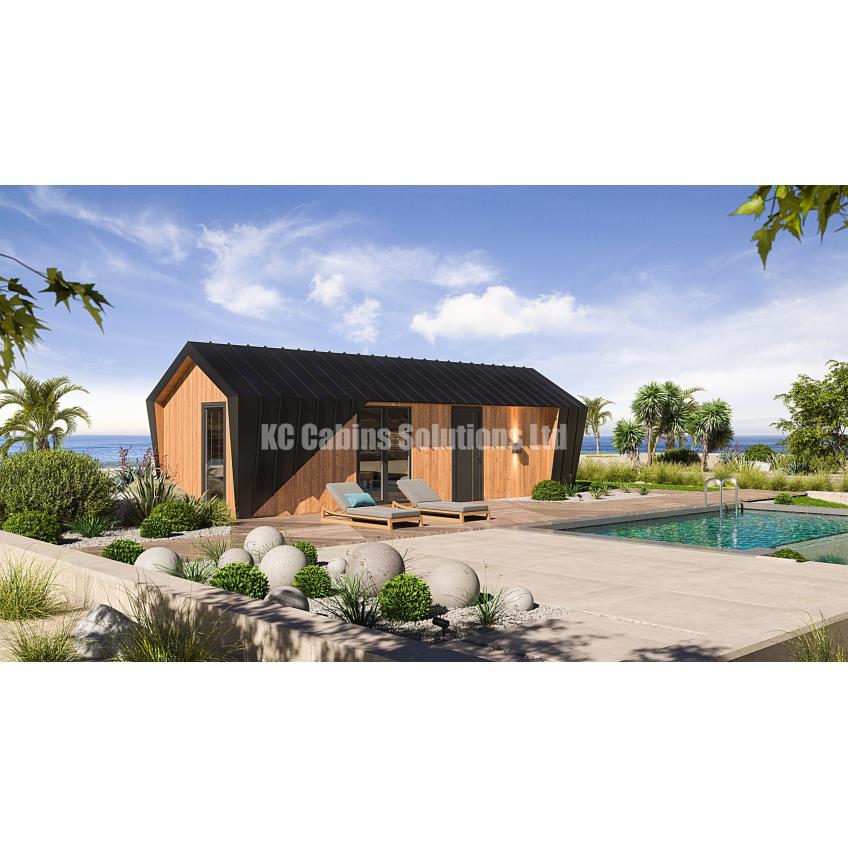
Modular Buildings – New Offer
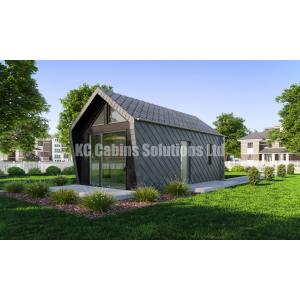
The impact of the past year is becoming more apparent in the building industry. Businesses are forced to raise prices of the materials and services. The number of worries and gloomy comments, visible in various articles on different portals, is growing. Clients are struggling because for the same services and products they are charged substantially more. Certain items are simply out of stock. Services are still being canceled altogether or are delayed. This leads to a lower number of orders and as a result, some of the businesses, will not survive the situation. Both businesses and clients are therefore not happy.
We are lucky because even though at times the situation on the market may be challenging, we look positively into the future. Here and now, we want to continue to provide easy and achievable building solutions at affordable prices. We want our buildings to be practical and visually appealing. Therefore, we recently decided to develop a new offer.
Expanding Our Offer
Our offer is expanding regardless of the difficult situation on the market and we are doing our best to keep our prices at competitive rates in comparison to other offers on the market. The main goal of the new offer is to be versatile, meaning focusing on extending the use of our buildings to a variety of clients. On this occasion having particularly private clients in mind. The new line could be seen as a more attractive purchase to private clients because the designs are fit for residential use. With the new line, we also introduce new materials, particularly wood, while the designs allow you for any interior arrangement including converting these into the residential area, guest house, holiday/relaxation area, office space, and more.
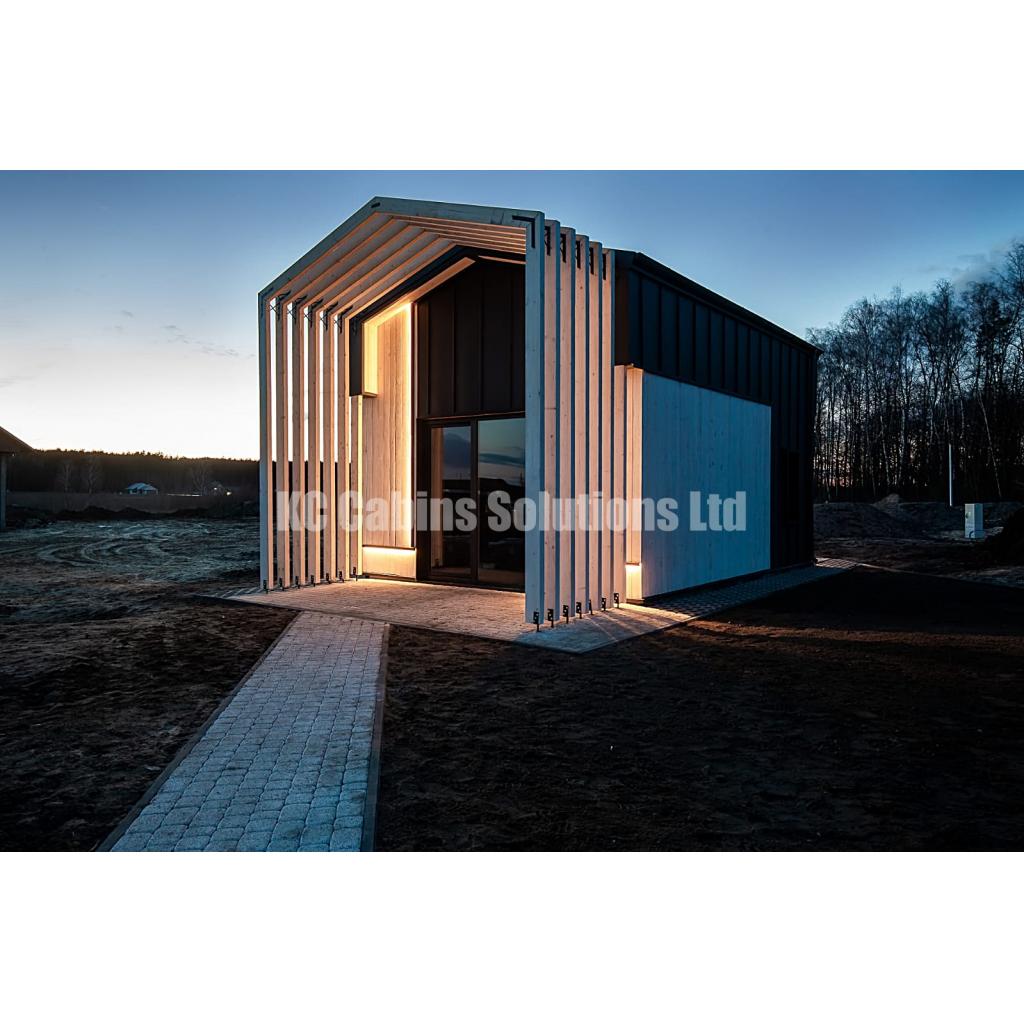
Buildings included in the new offer are based on a wooden frame. Assembling the structures varies from our previous offers. With the exception of the ready-made static caravan design (picture on top) which, once unloaded, is ready to use, other structures in the new line are made as flat-packs. This means that, with the included instructions, you have the option of assembling the structures yourself, saving money on the assembly costs or, if preferred, you can hire a contractor to do it for you. We also offer an option of assembly if required.
More Information
Would you like to know more about our new offer? For more information on the static caravan, click here
To read more about our under 30m2 flat-pack design click here, and scroll down to the MTB FIVE design option
And finally, if you would like to know more about our larger, over 30m2, the flat-pack design you will find more information here

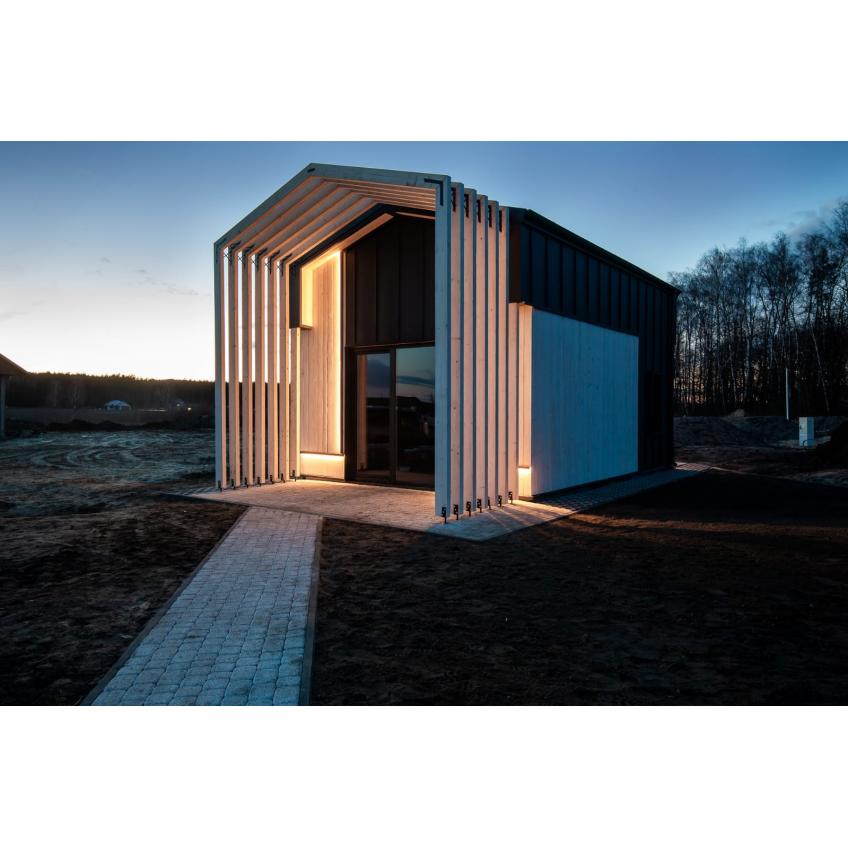
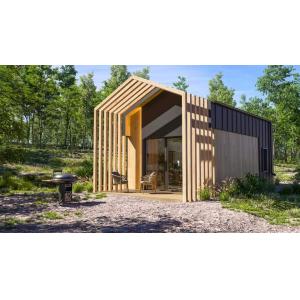 Present in our everyday conversations, our top subjects are new ideas and new creations with the use of prefabricated materials. We are always excited to include something new and recently this is exactly what we have been doing.
Present in our everyday conversations, our top subjects are new ideas and new creations with the use of prefabricated materials. We are always excited to include something new and recently this is exactly what we have been doing.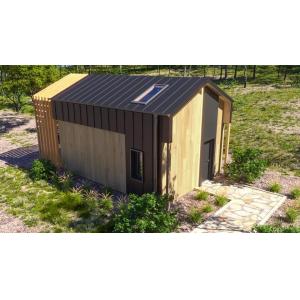 The insulated lodge kit includes all the elements required to assemble the structure as a building shell. By all the elements we mean not only structural elements (made with certified C24 timber) and SIP wall panels but we also mean screws, membranes, sealants, and more. For the building assembly, we attach detailed instructions explaining every construction phase. All the elements needed for the assembly are carefully prefabricated by a qualified team of professionals and quality controlled as well as numbered during the production stage process. This helps with the overall build and once again proves prefabrication being the time and money saver in comparison to the traditional building methods. The time spent in the factory during the prefabrication processes significantly reduces your work and cost on-site.
The insulated lodge kit includes all the elements required to assemble the structure as a building shell. By all the elements we mean not only structural elements (made with certified C24 timber) and SIP wall panels but we also mean screws, membranes, sealants, and more. For the building assembly, we attach detailed instructions explaining every construction phase. All the elements needed for the assembly are carefully prefabricated by a qualified team of professionals and quality controlled as well as numbered during the production stage process. This helps with the overall build and once again proves prefabrication being the time and money saver in comparison to the traditional building methods. The time spent in the factory during the prefabrication processes significantly reduces your work and cost on-site.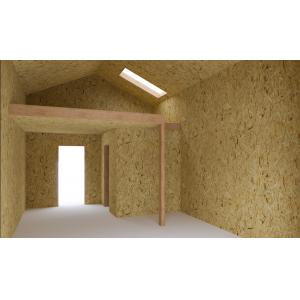 Lodge Unloading and Construction
Lodge Unloading and Construction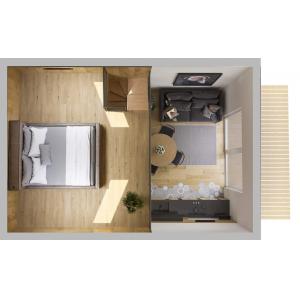 Lodge Finishing Touches
Lodge Finishing Touches
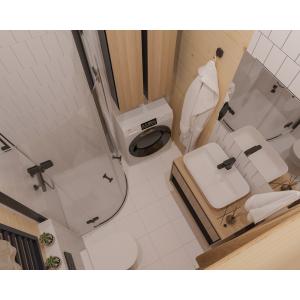 Each new building is an exciting endeavour opening up new possibilities. Always in search for more; more ideas, more design options, more versatility in building use, we continue to strive to provide the highest quality buildings.
Each new building is an exciting endeavour opening up new possibilities. Always in search for more; more ideas, more design options, more versatility in building use, we continue to strive to provide the highest quality buildings. 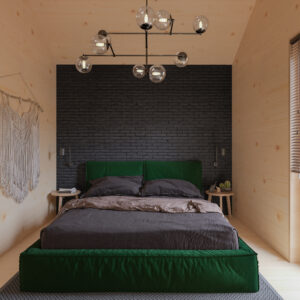
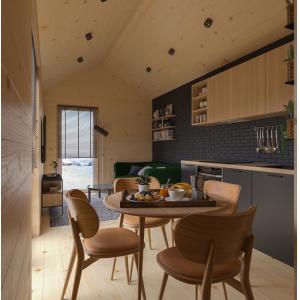
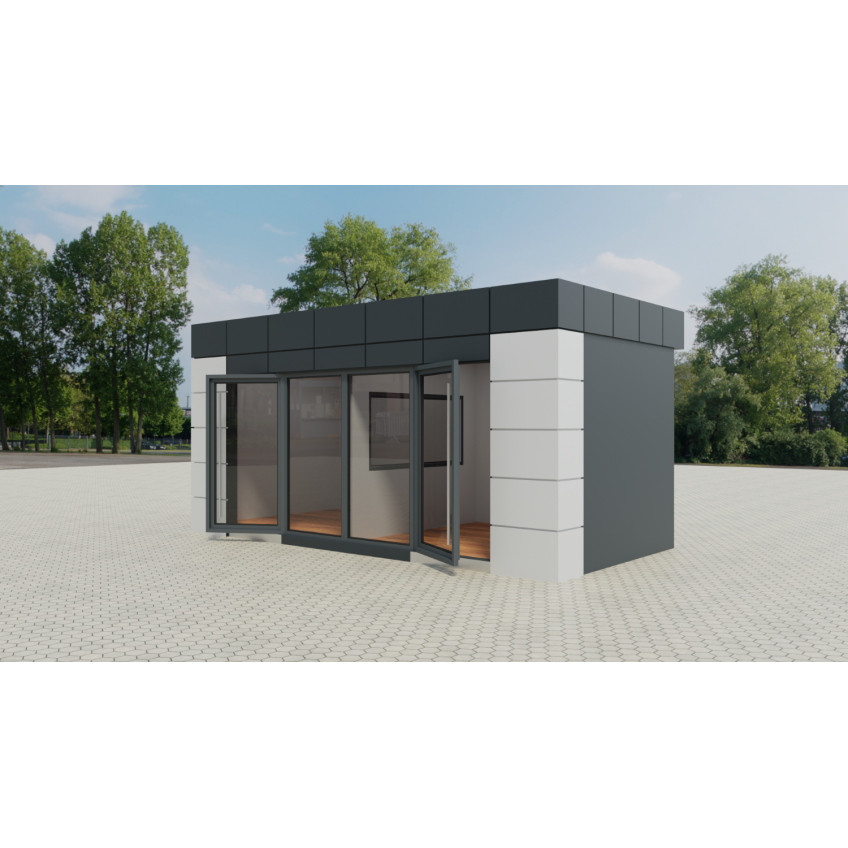
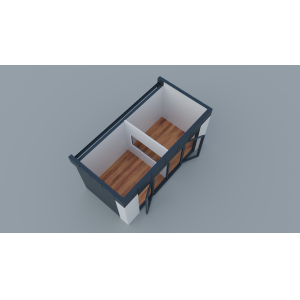
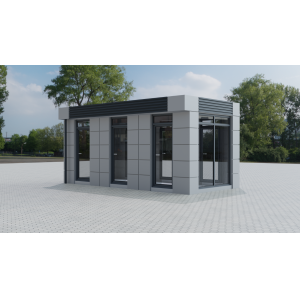
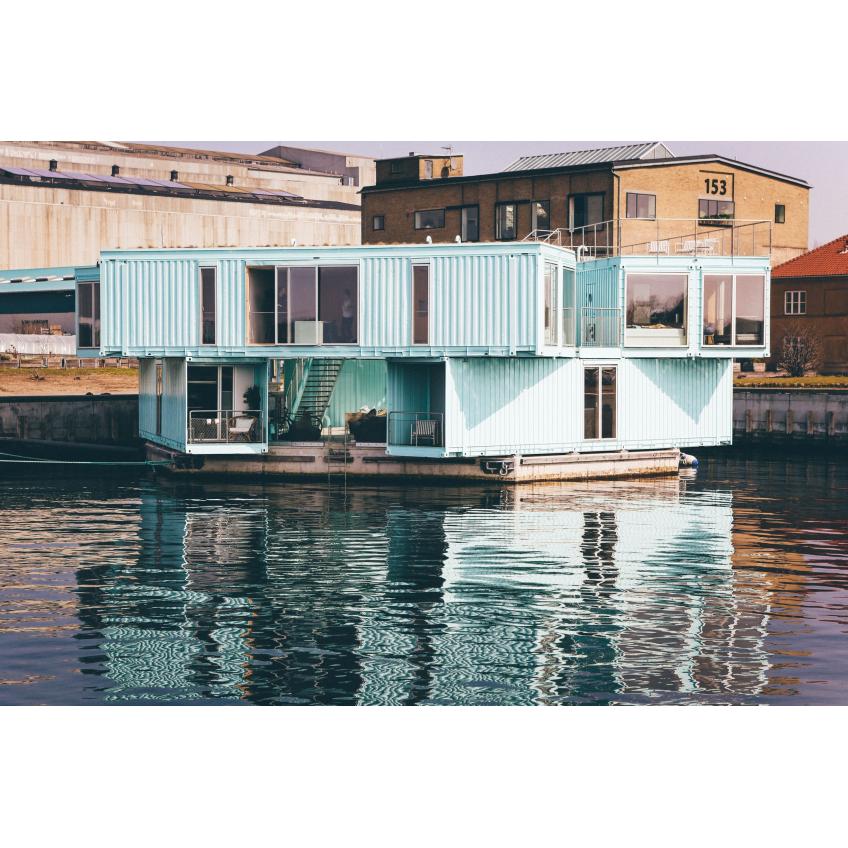
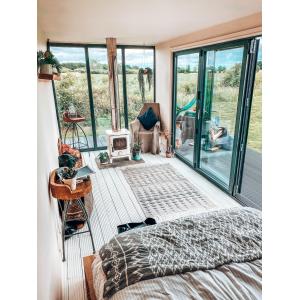 Our standard offer of modular building design is different in comparison to a shipping container option. The main difference is the starting point.
Our standard offer of modular building design is different in comparison to a shipping container option. The main difference is the starting point.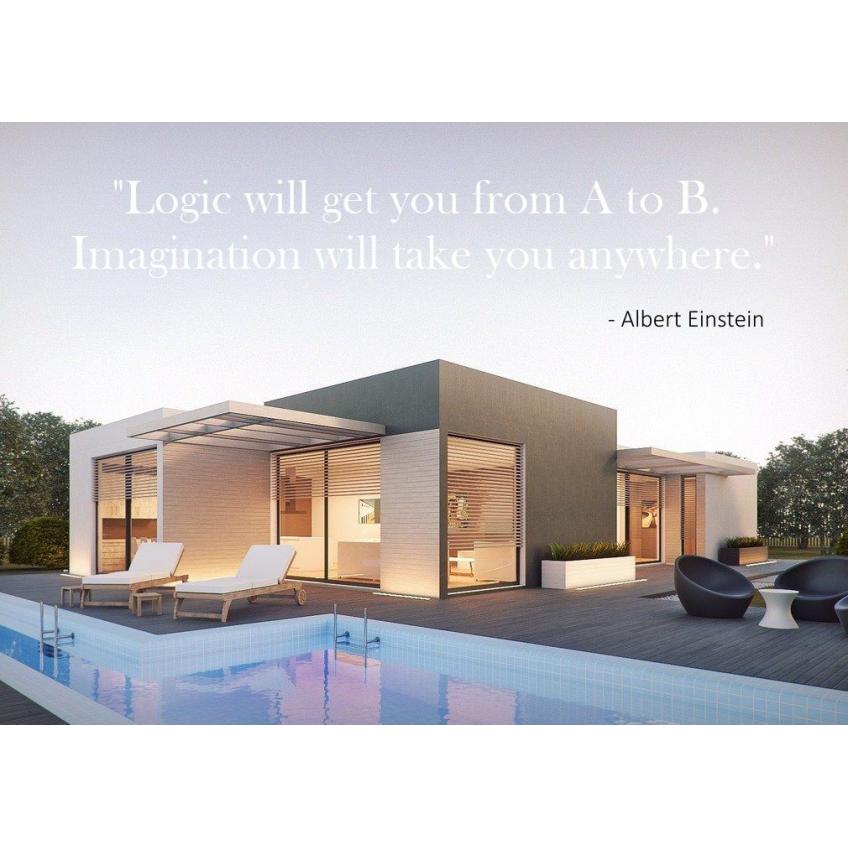
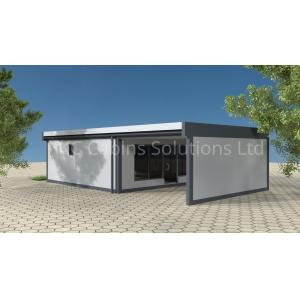 Logic and imagination, the two creative strengths which are important to use interchangeably when working with building design. Using these two strengths will feed the vision and help to stay inspired.
Logic and imagination, the two creative strengths which are important to use interchangeably when working with building design. Using these two strengths will feed the vision and help to stay inspired.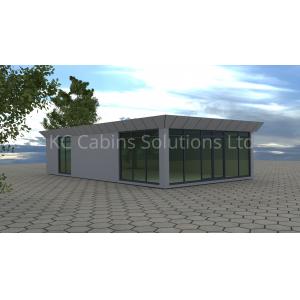 When we think of a new vision for the building, here at KC Cabins, we put all our efforts into listening to the client’s needs, ideas, and requirements. We then look at the reality of portable building design we can offer and consider how to spice it up further with imagination. A process that helps us to achieve a successful design.
When we think of a new vision for the building, here at KC Cabins, we put all our efforts into listening to the client’s needs, ideas, and requirements. We then look at the reality of portable building design we can offer and consider how to spice it up further with imagination. A process that helps us to achieve a successful design.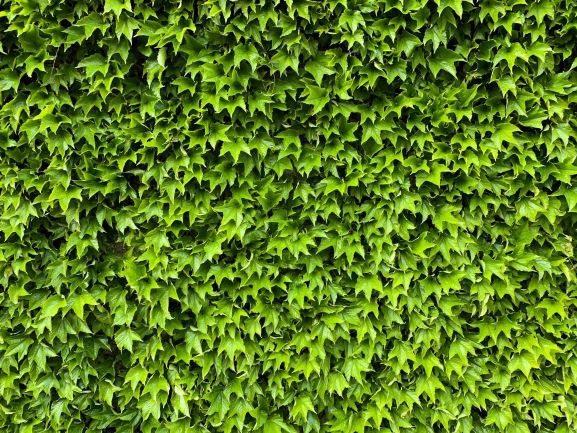
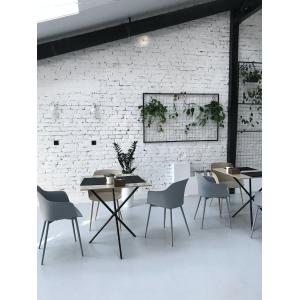 A client may influence the design process in a number of ways, depending on his/her needs. The final design then forms a unique custom-made structure. An appearance of a finished building will depend on its purpose and can be individualized further with the use of decorative panels to make it more unique, as requested by the client. Alternatively, the type of design can be chosen from one of our standard options meaning that a building shell will have less customization and when compared to our other structures will look more similar. The building in standard design can still be prominent in comparison to other structures. There is also a number of ways in which you can individualize your building further, one of our favourite subjects explored here on this blog.
A client may influence the design process in a number of ways, depending on his/her needs. The final design then forms a unique custom-made structure. An appearance of a finished building will depend on its purpose and can be individualized further with the use of decorative panels to make it more unique, as requested by the client. Alternatively, the type of design can be chosen from one of our standard options meaning that a building shell will have less customization and when compared to our other structures will look more similar. The building in standard design can still be prominent in comparison to other structures. There is also a number of ways in which you can individualize your building further, one of our favourite subjects explored here on this blog.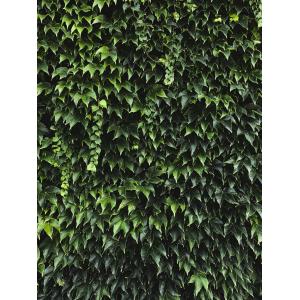 Our attention for today goes to introducing green wall into a building interior, and particularly a visual effect of such change. The benefits are many, with some of the most impressive ones being health benefits. We have discussed the general subject of indoor plant-scaping on our blog previously. We then spoke of Bill Wolverton’s research into the air quality of building interiors. Air quality is positively affected by the use of plants to the point of clearing the air and improving its quality by getting rid of negative compounds. Additionally, plants also have a positive, calming effect on our emotions. If you would like to know more about Wolverton’s research, you can view this blog post
Our attention for today goes to introducing green wall into a building interior, and particularly a visual effect of such change. The benefits are many, with some of the most impressive ones being health benefits. We have discussed the general subject of indoor plant-scaping on our blog previously. We then spoke of Bill Wolverton’s research into the air quality of building interiors. Air quality is positively affected by the use of plants to the point of clearing the air and improving its quality by getting rid of negative compounds. Additionally, plants also have a positive, calming effect on our emotions. If you would like to know more about Wolverton’s research, you can view this blog post 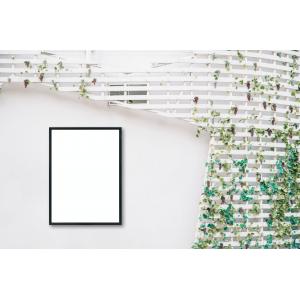 effect can be controlled by you in terms of its richness. It could be subtle and discreet, a small amount of greenery on a white wall expanded in time, highlighting the beauty of greenery and the pureness of white colour of the wall. It could also be a full-sized green wall, rich and comforting, bringing nature closer to you, right where you work.
effect can be controlled by you in terms of its richness. It could be subtle and discreet, a small amount of greenery on a white wall expanded in time, highlighting the beauty of greenery and the pureness of white colour of the wall. It could also be a full-sized green wall, rich and comforting, bringing nature closer to you, right where you work.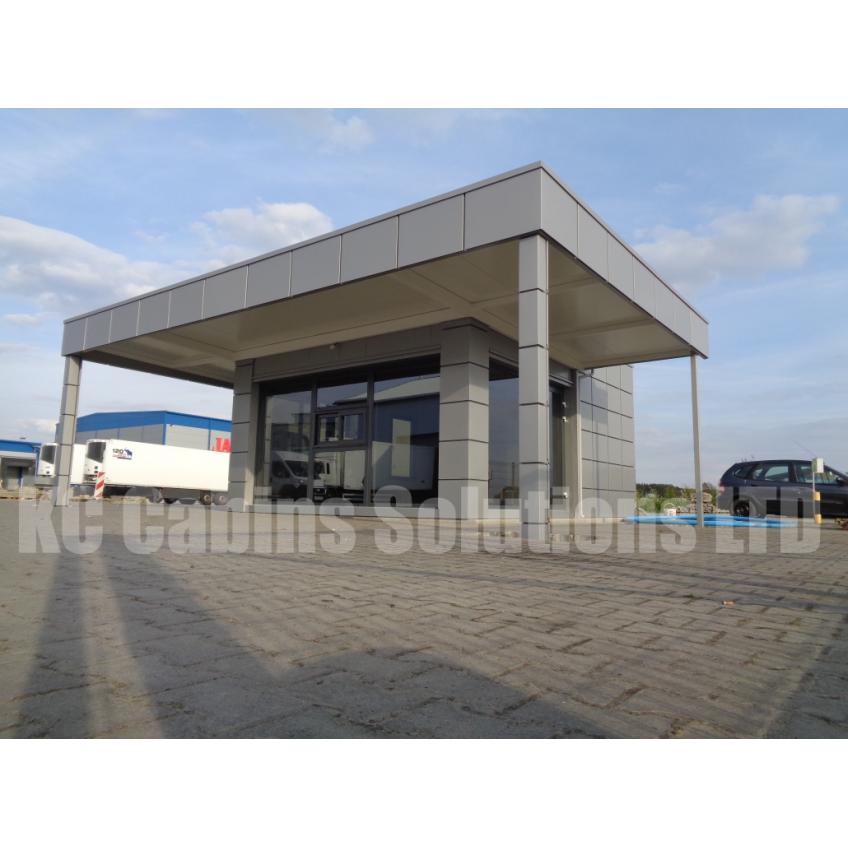
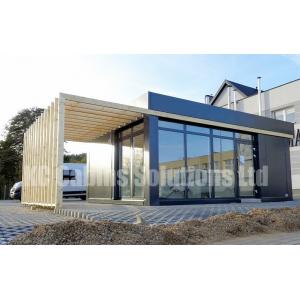 For a while now, since we are faced with the new normal, we are obligated to adjust to changes around us. The impact of all the changes depends on the type of business you’re in, a café, an office, a car rental service, a car garage, and so on. Among different rules, accommodating social distancing is one of the most common challenges we are now facing. Whatever your current solution to this challenge is, today we are hoping to offer an idea for an improvement to your modular building or, in fact, any other building’s outdoor space.
For a while now, since we are faced with the new normal, we are obligated to adjust to changes around us. The impact of all the changes depends on the type of business you’re in, a café, an office, a car rental service, a car garage, and so on. Among different rules, accommodating social distancing is one of the most common challenges we are now facing. Whatever your current solution to this challenge is, today we are hoping to offer an idea for an improvement to your modular building or, in fact, any other building’s outdoor space.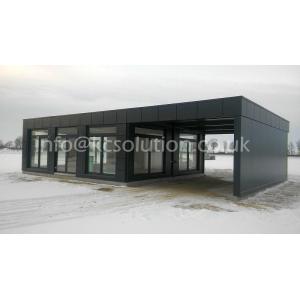 And yet, as the summer ends, temperatures drop and the weather becomes more difficult to predict, you may start feeling nervous about maintaining outdoor services or even having your clients to queue outside. Let’s face it, how many clients will want to stay in queues when the rain is pouring down on their heads and the wind becomes significantly cooler. Ideally, you may hope for more indoor space to accommodate this change, however, what if this isn’t an option? Consider other methods of updating your surroundings, such as investing in a canopy.
And yet, as the summer ends, temperatures drop and the weather becomes more difficult to predict, you may start feeling nervous about maintaining outdoor services or even having your clients to queue outside. Let’s face it, how many clients will want to stay in queues when the rain is pouring down on their heads and the wind becomes significantly cooler. Ideally, you may hope for more indoor space to accommodate this change, however, what if this isn’t an option? Consider other methods of updating your surroundings, such as investing in a canopy.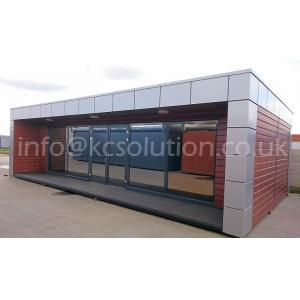 Additionally, when it comes to indoor spaces, these are still a worry to many people. Clients may feel uneasy to enter indoor space. Therefore, again, having an open outdoor space, achieved by installing a simple canopy, may have a positive effect on a number of clients wanting to use the services. The type of decorations you choose such as light, furniture, or signage, will all improve the look of your business. Even if you want your canopy to be small and simple, and only to guard your clients against weather conditions, it is still an investment that will pay off.
Additionally, when it comes to indoor spaces, these are still a worry to many people. Clients may feel uneasy to enter indoor space. Therefore, again, having an open outdoor space, achieved by installing a simple canopy, may have a positive effect on a number of clients wanting to use the services. The type of decorations you choose such as light, furniture, or signage, will all improve the look of your business. Even if you want your canopy to be small and simple, and only to guard your clients against weather conditions, it is still an investment that will pay off.

